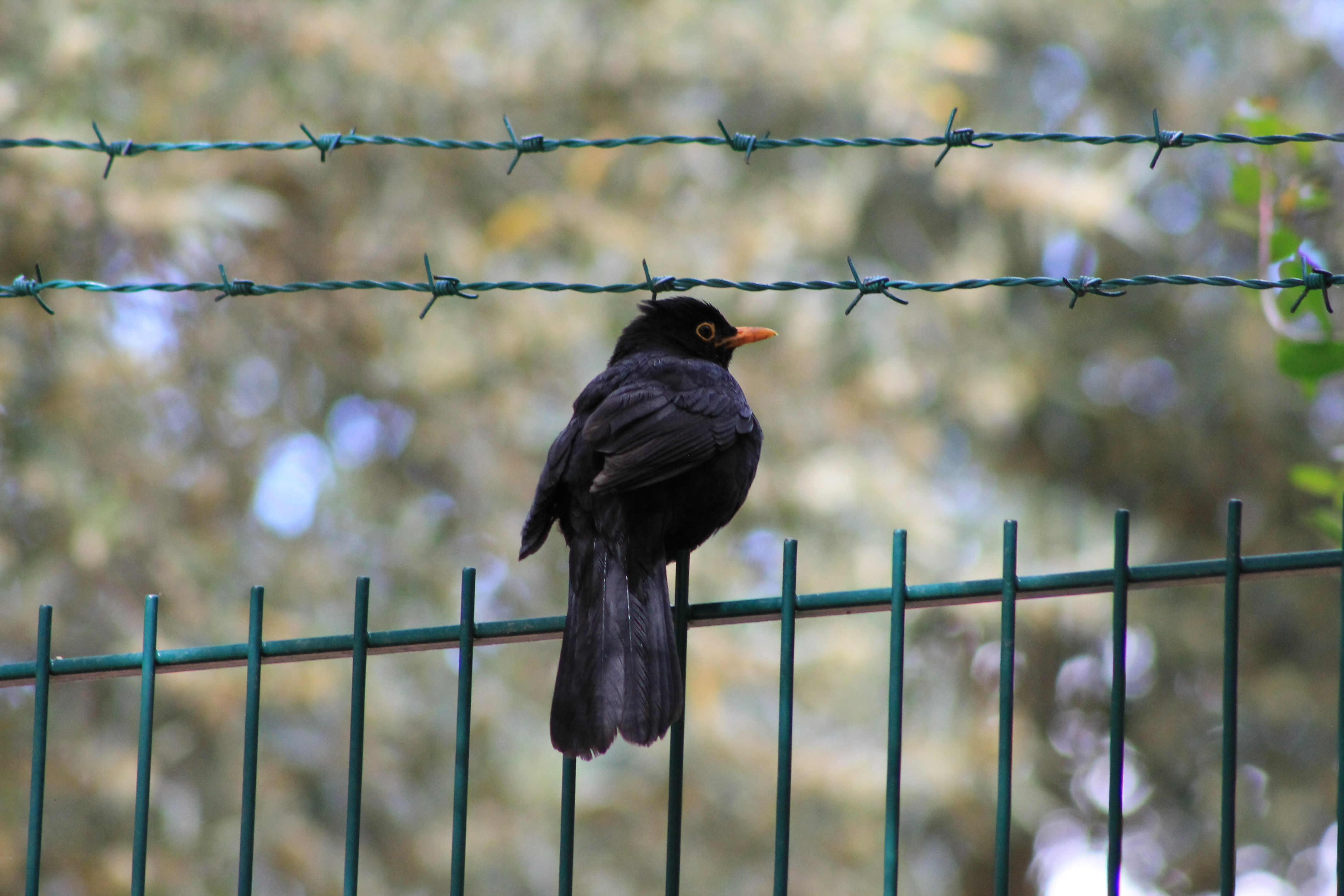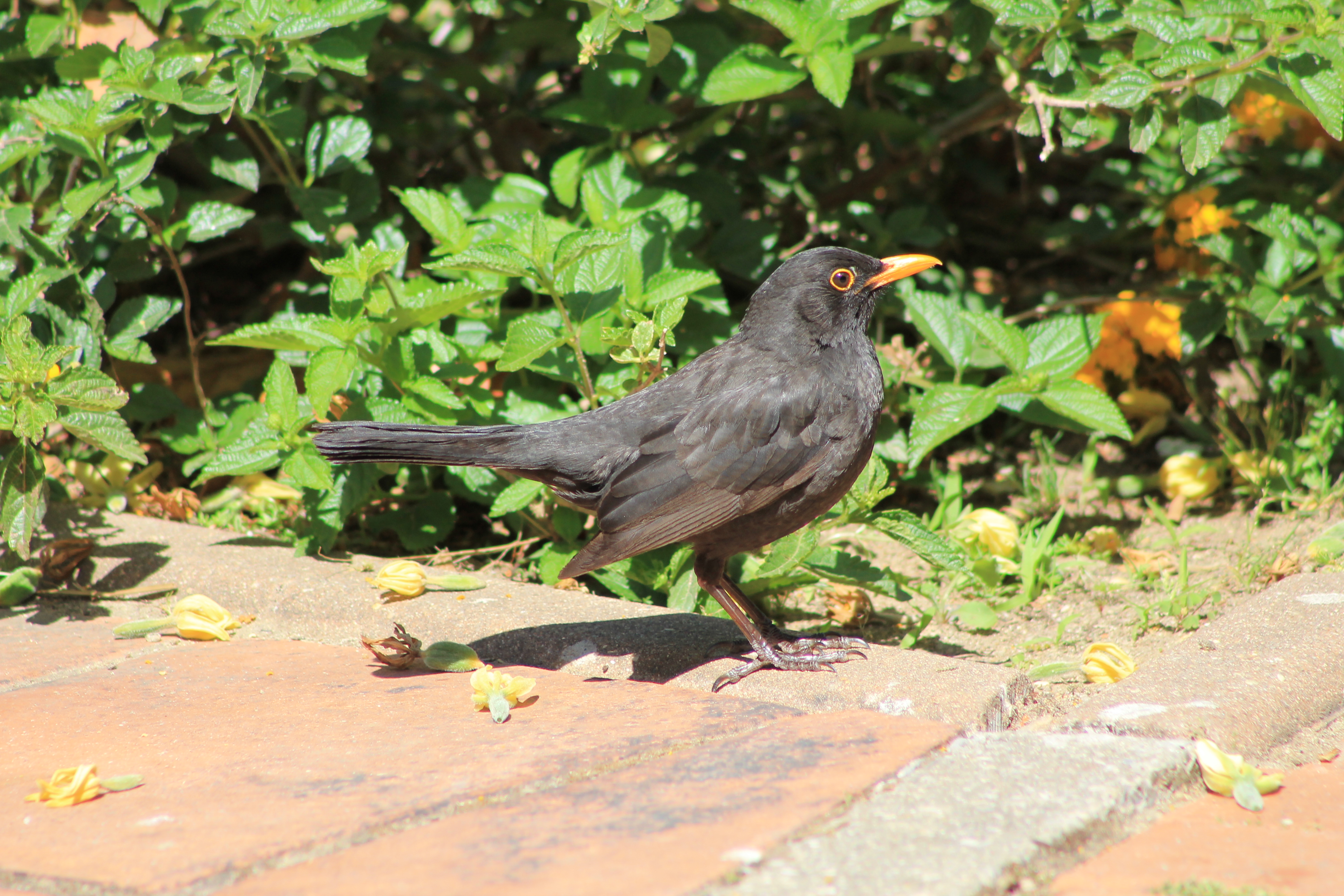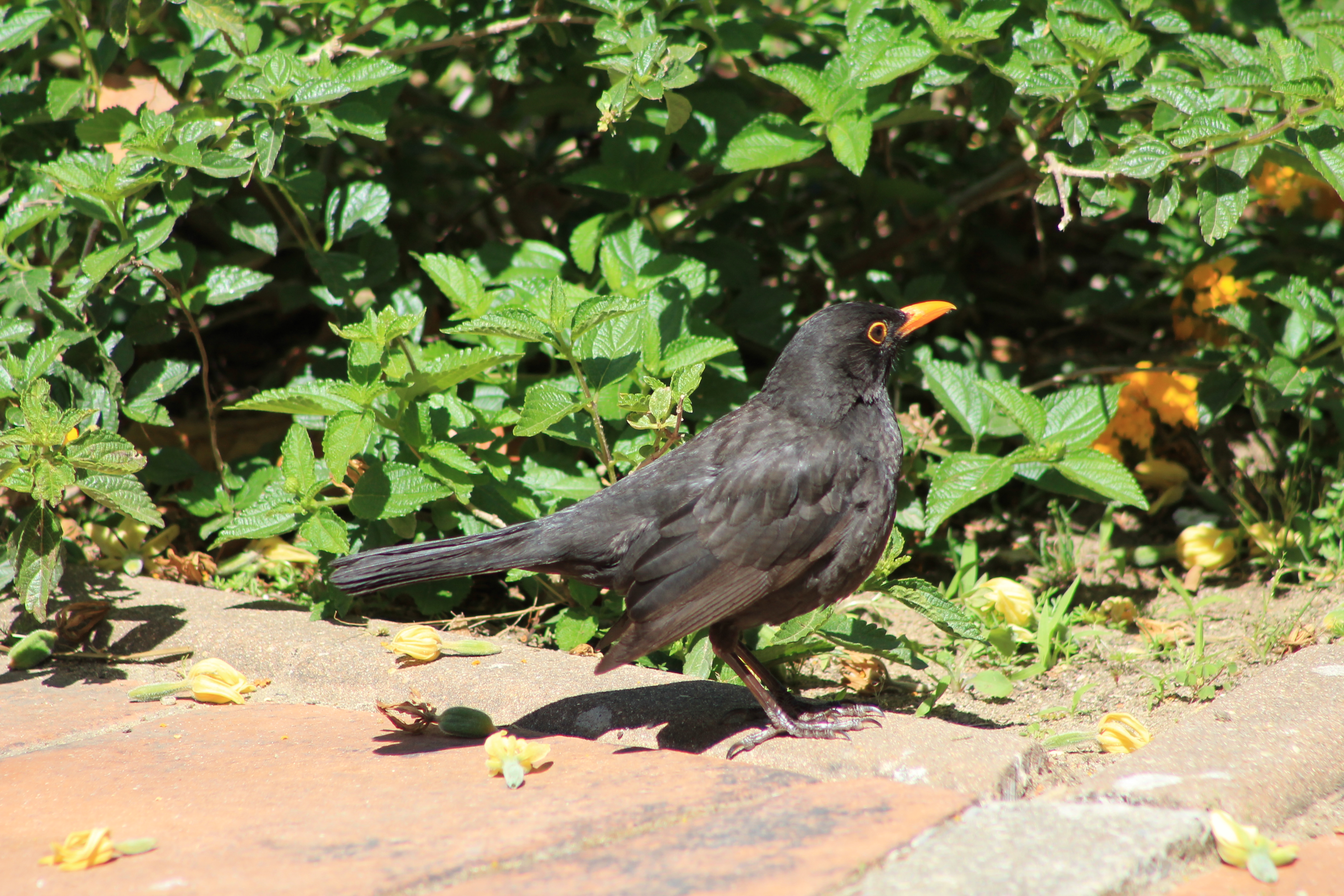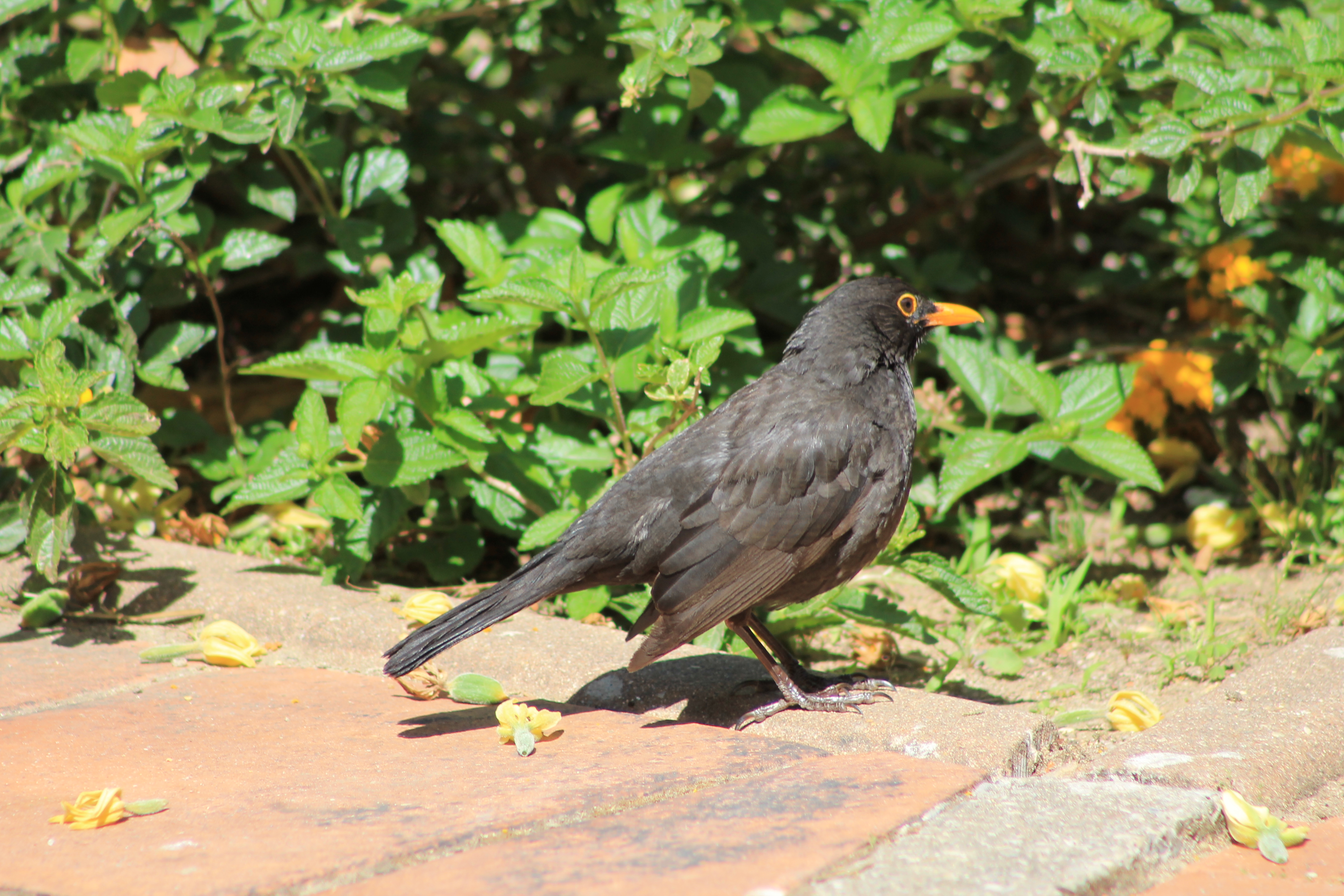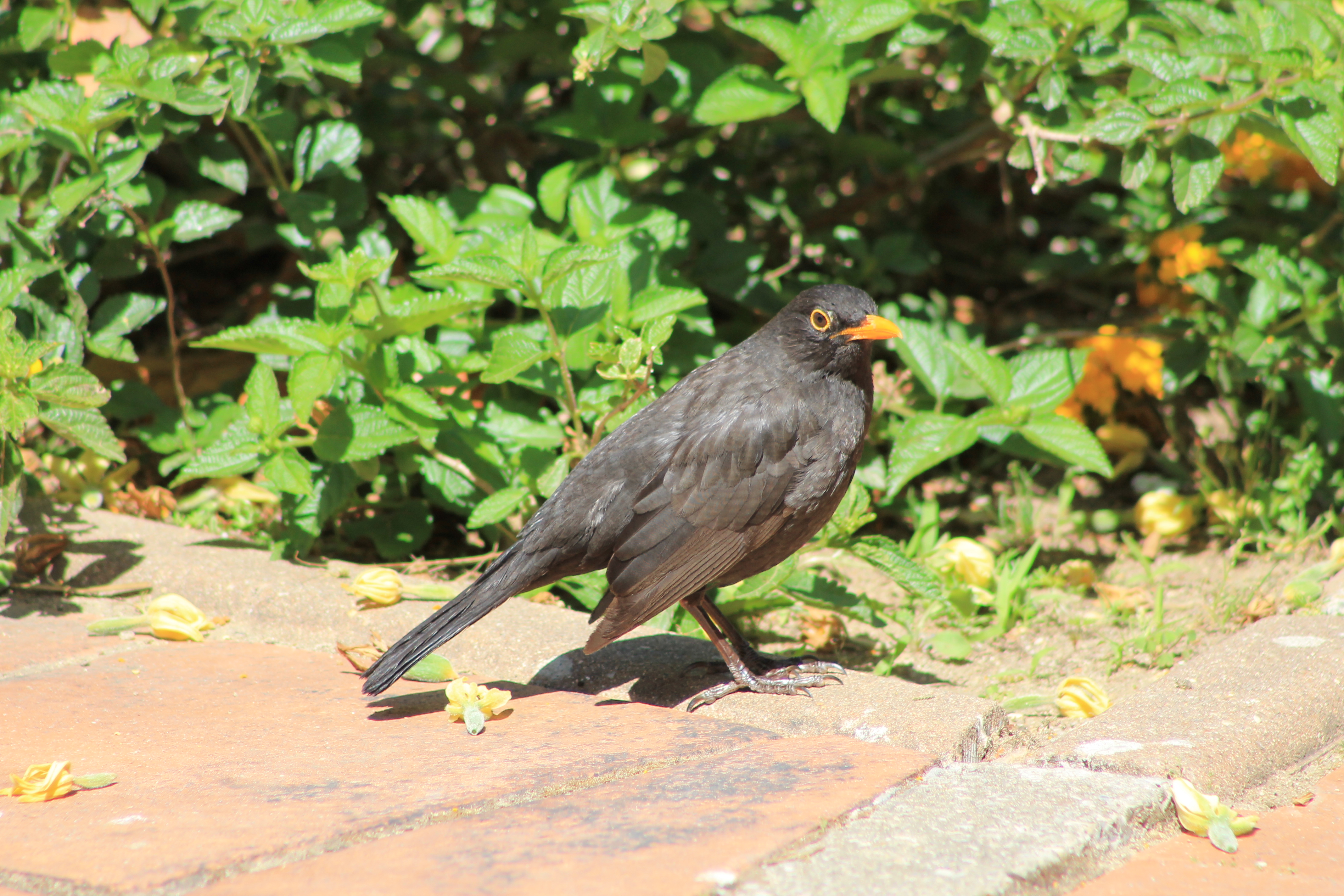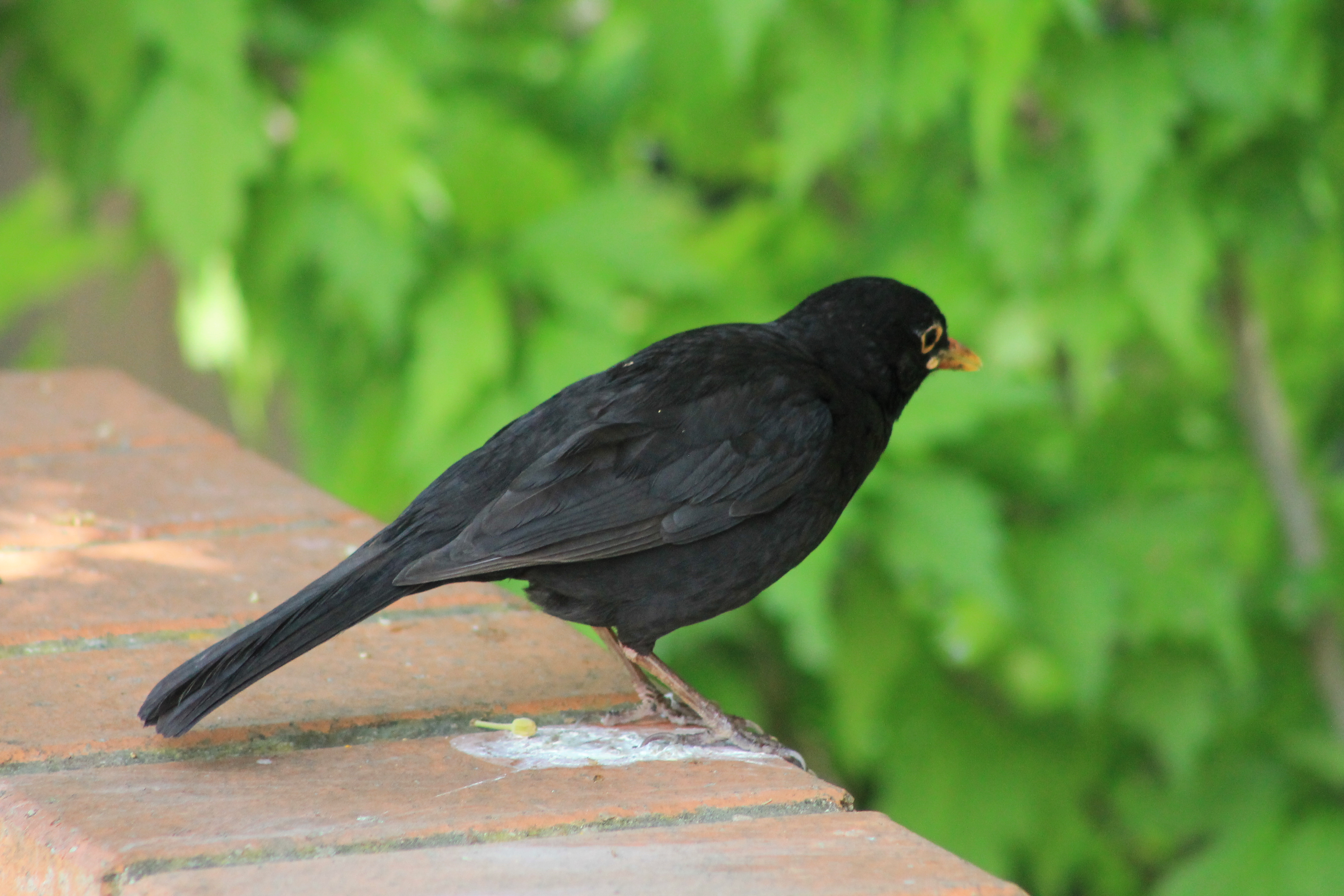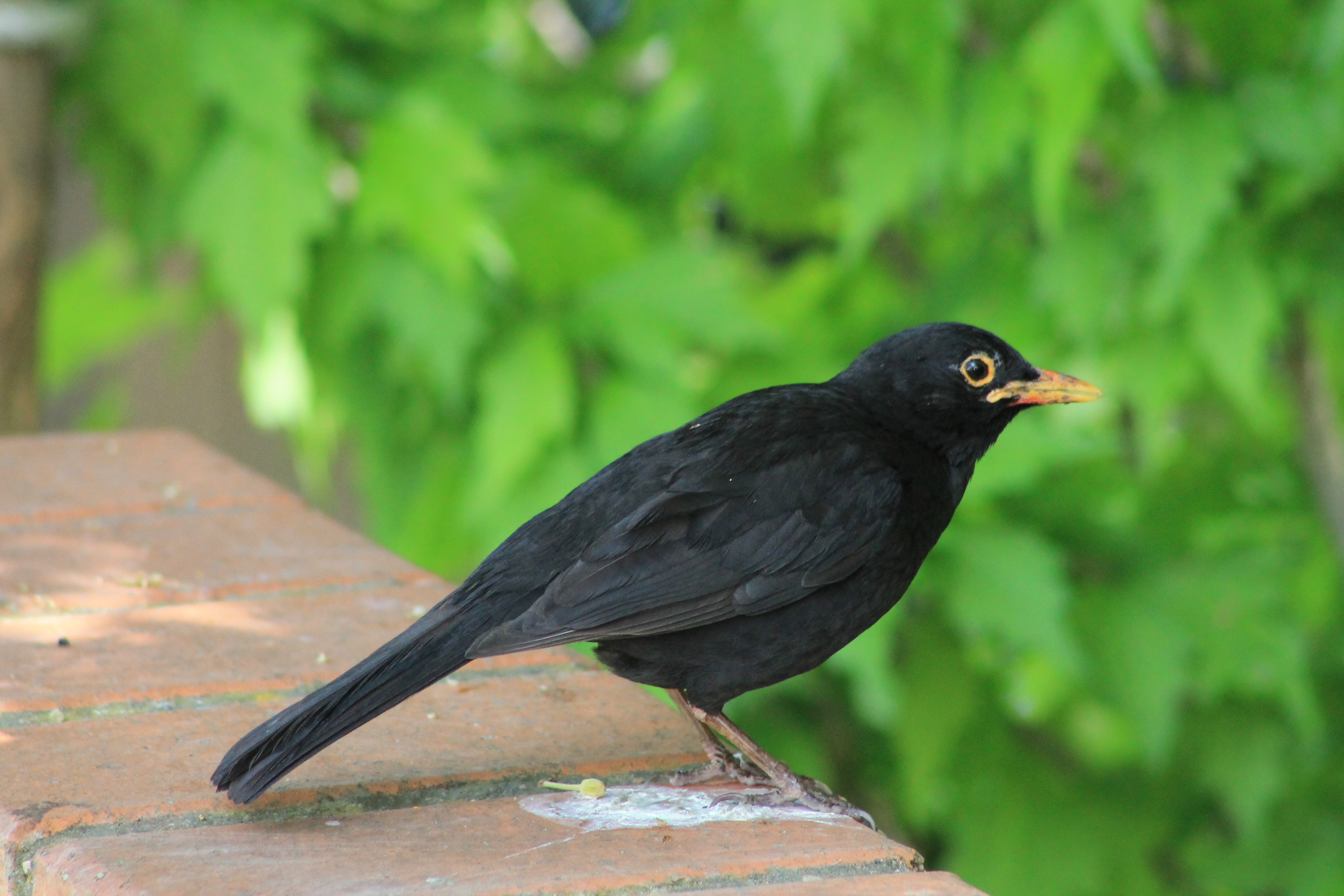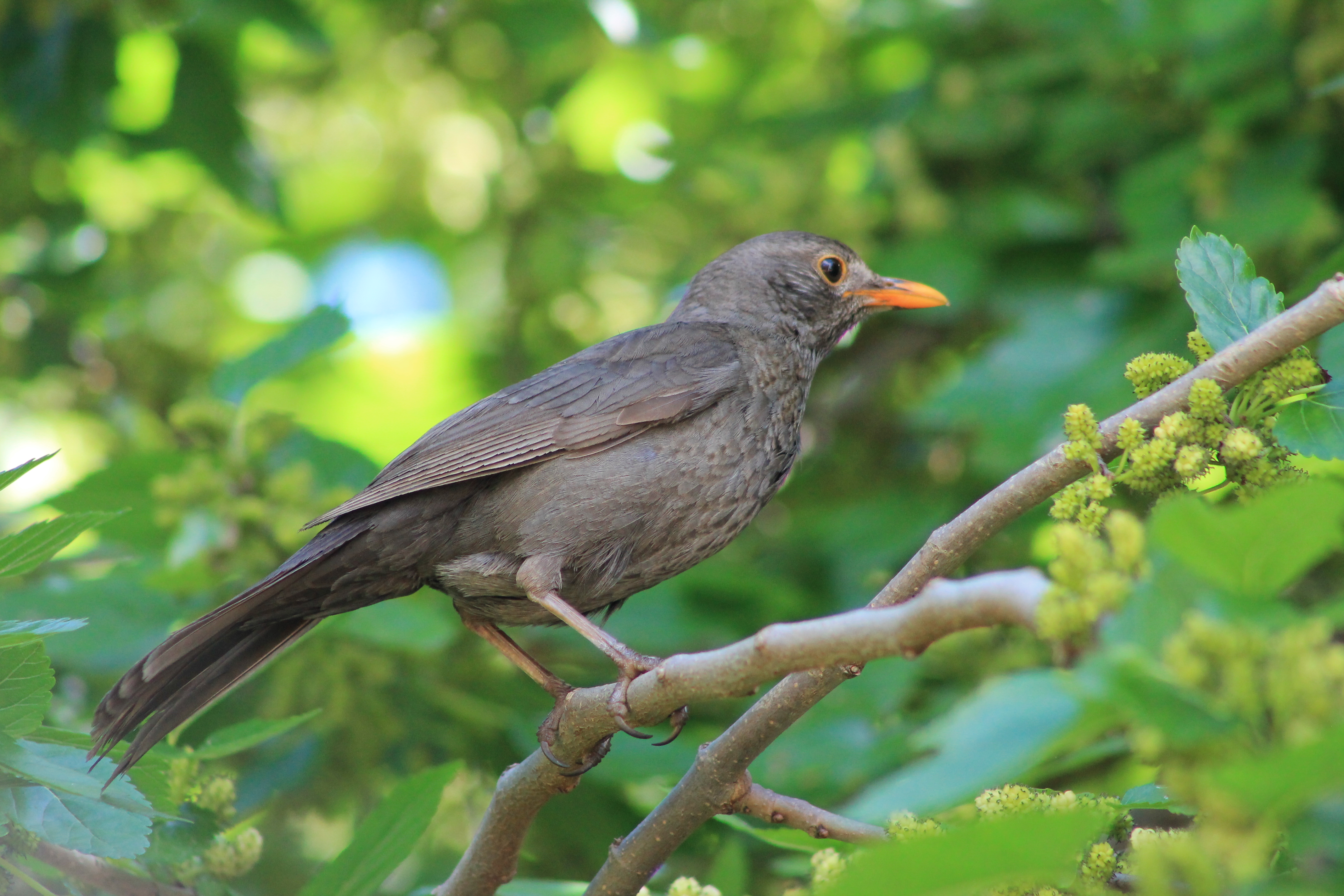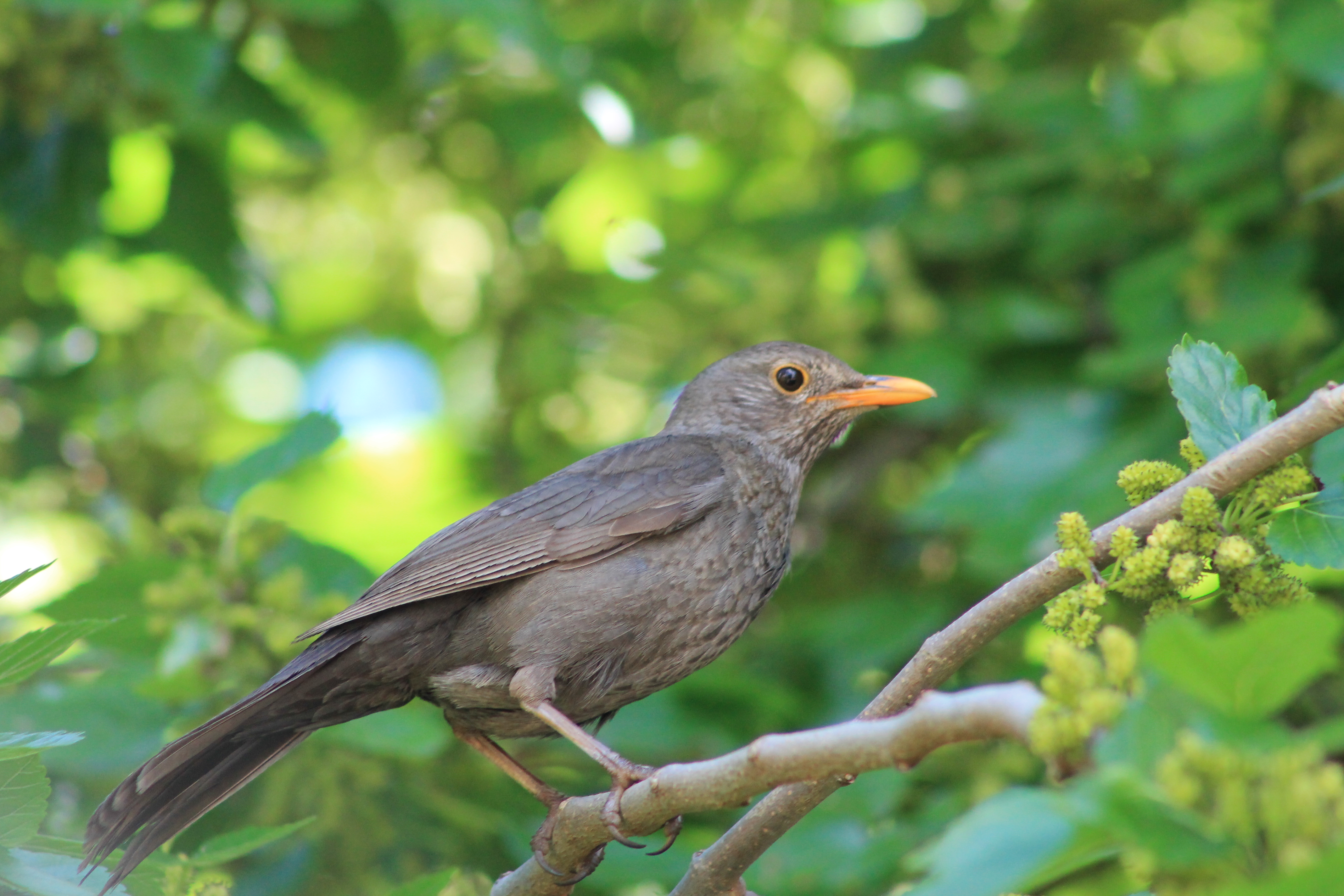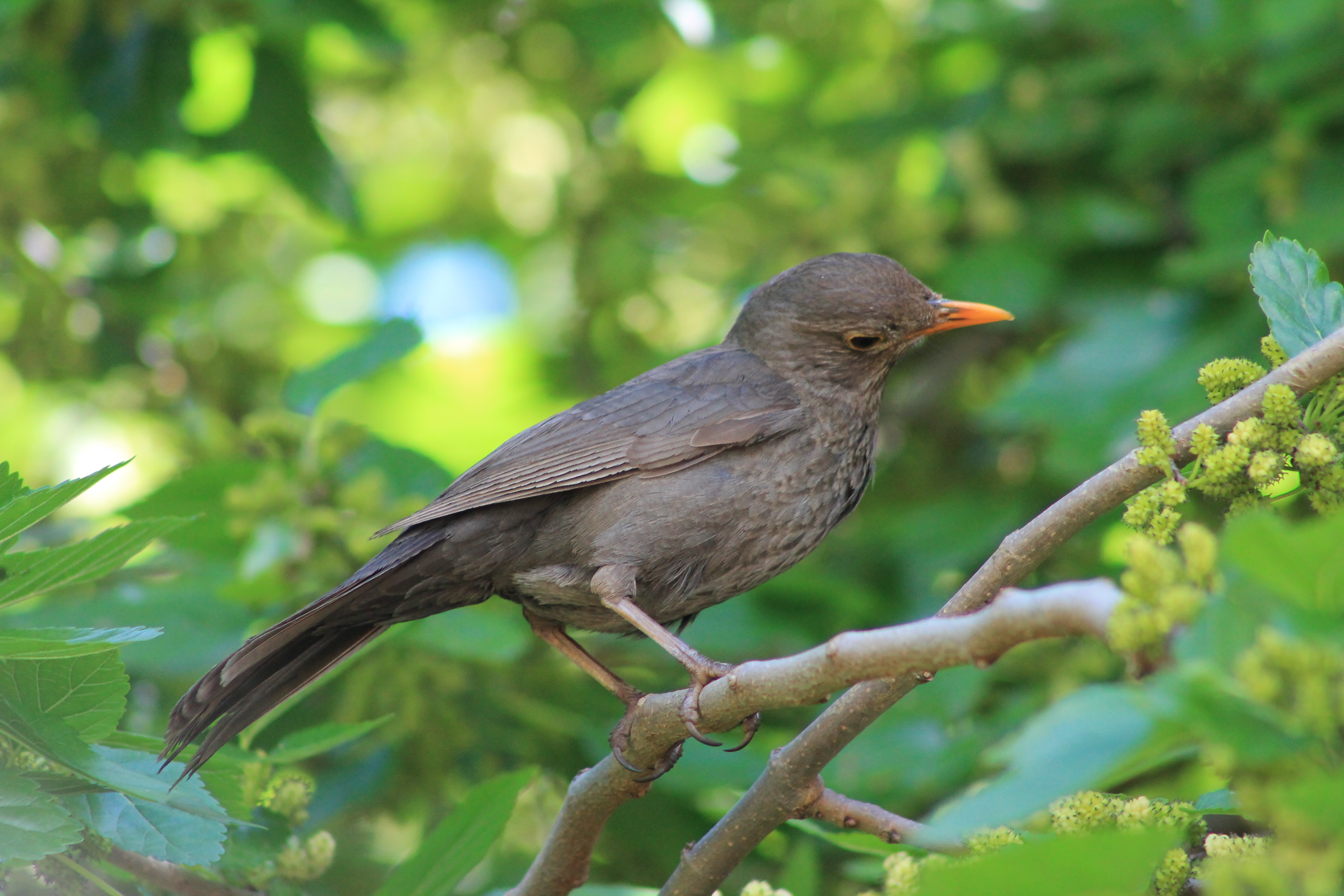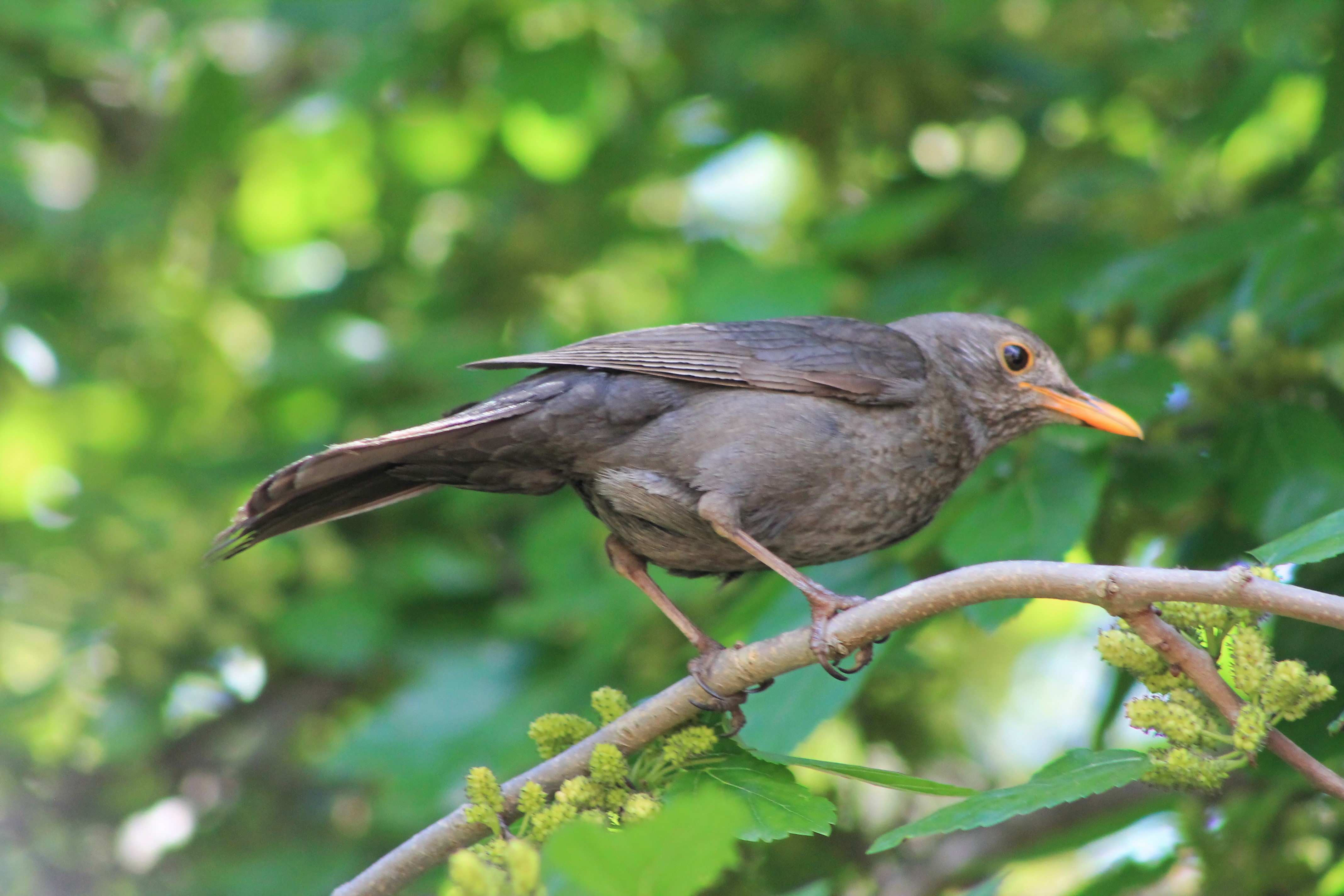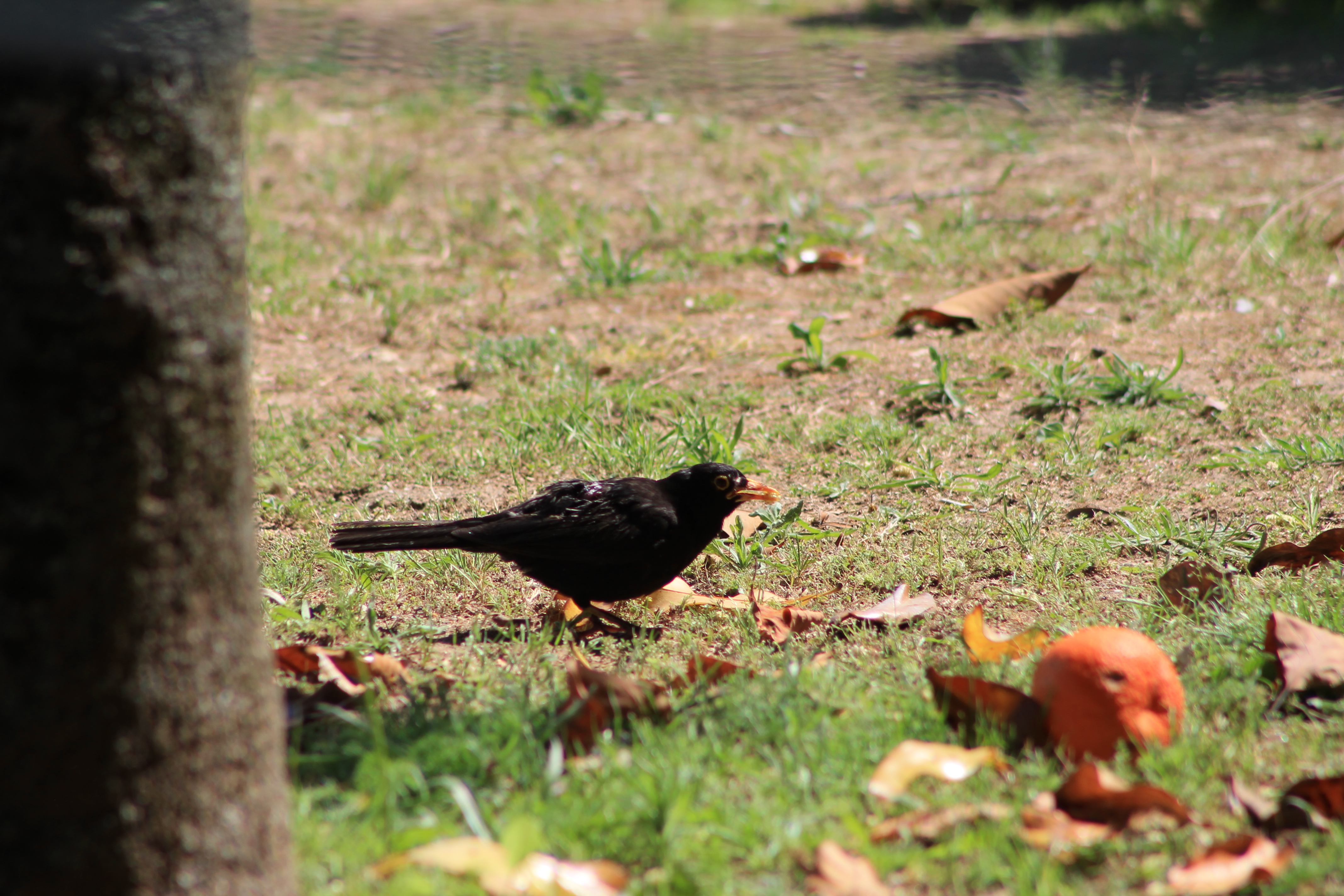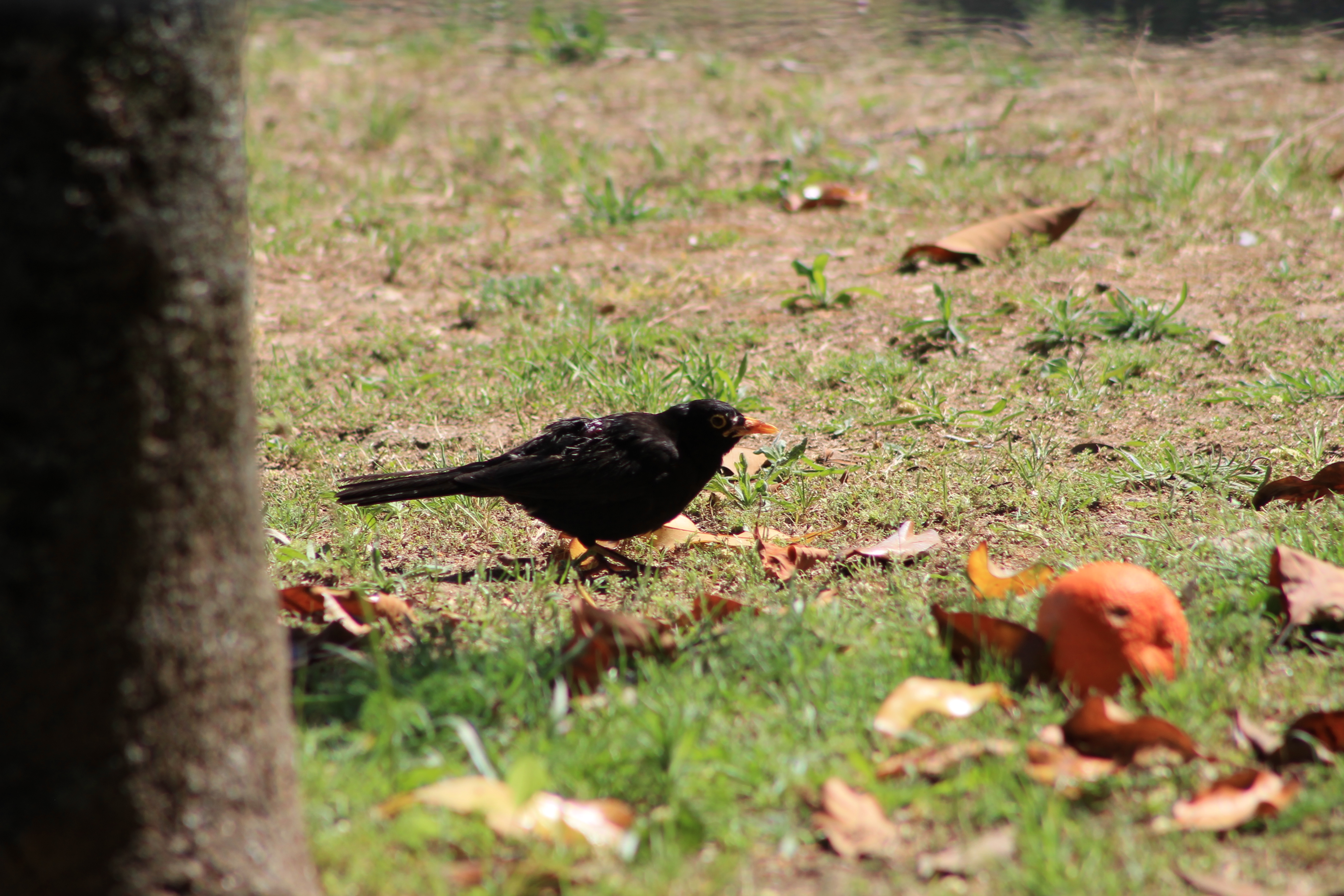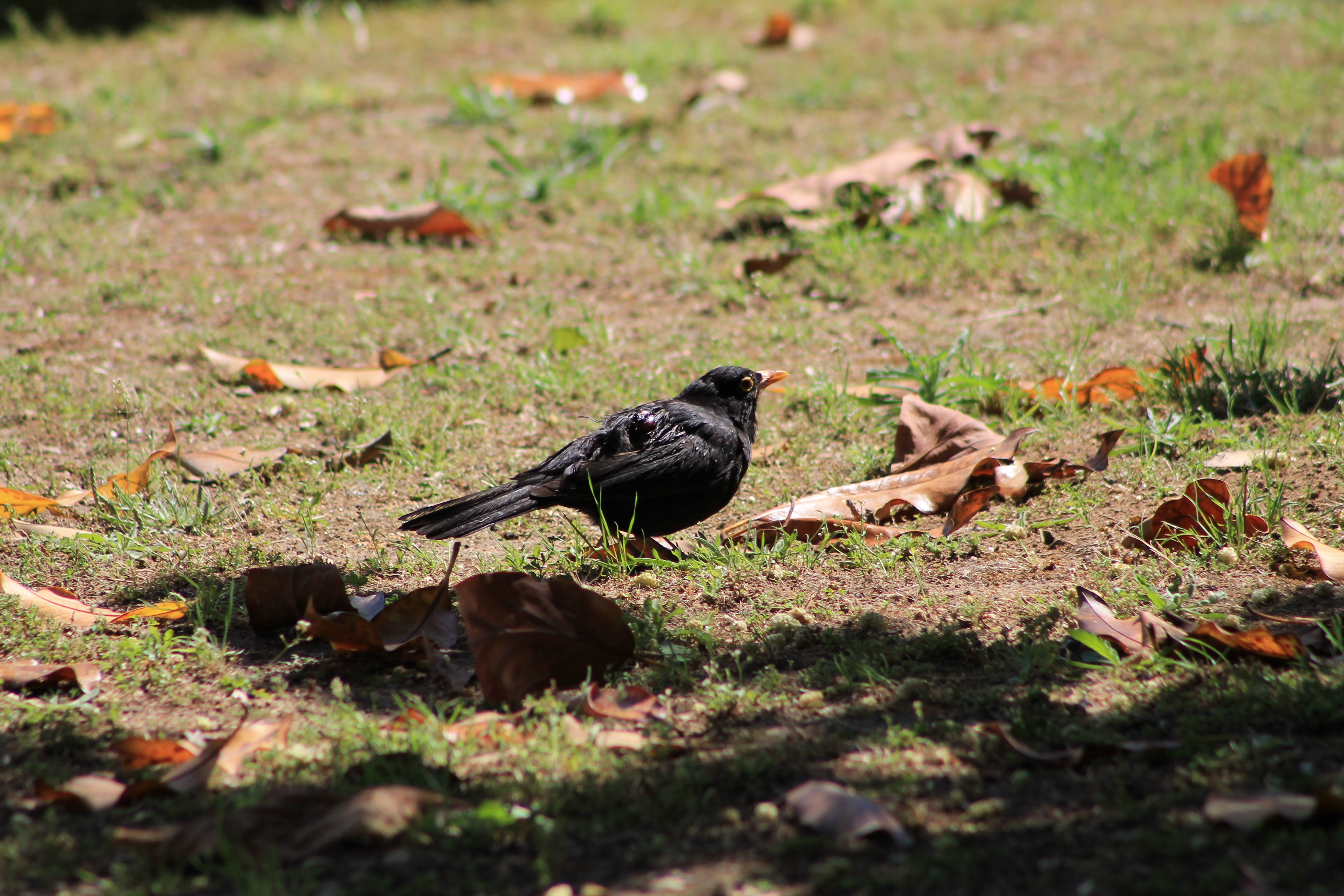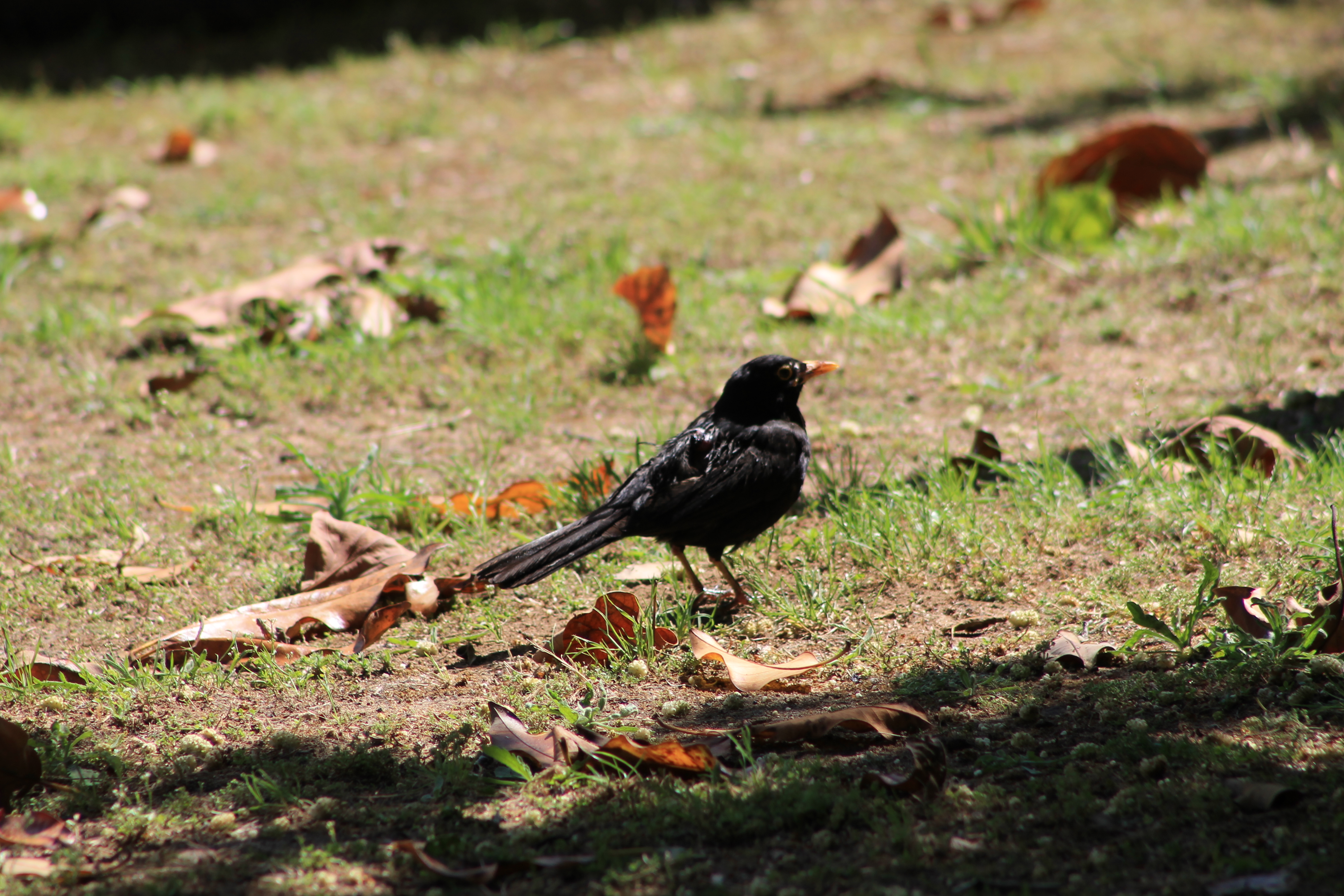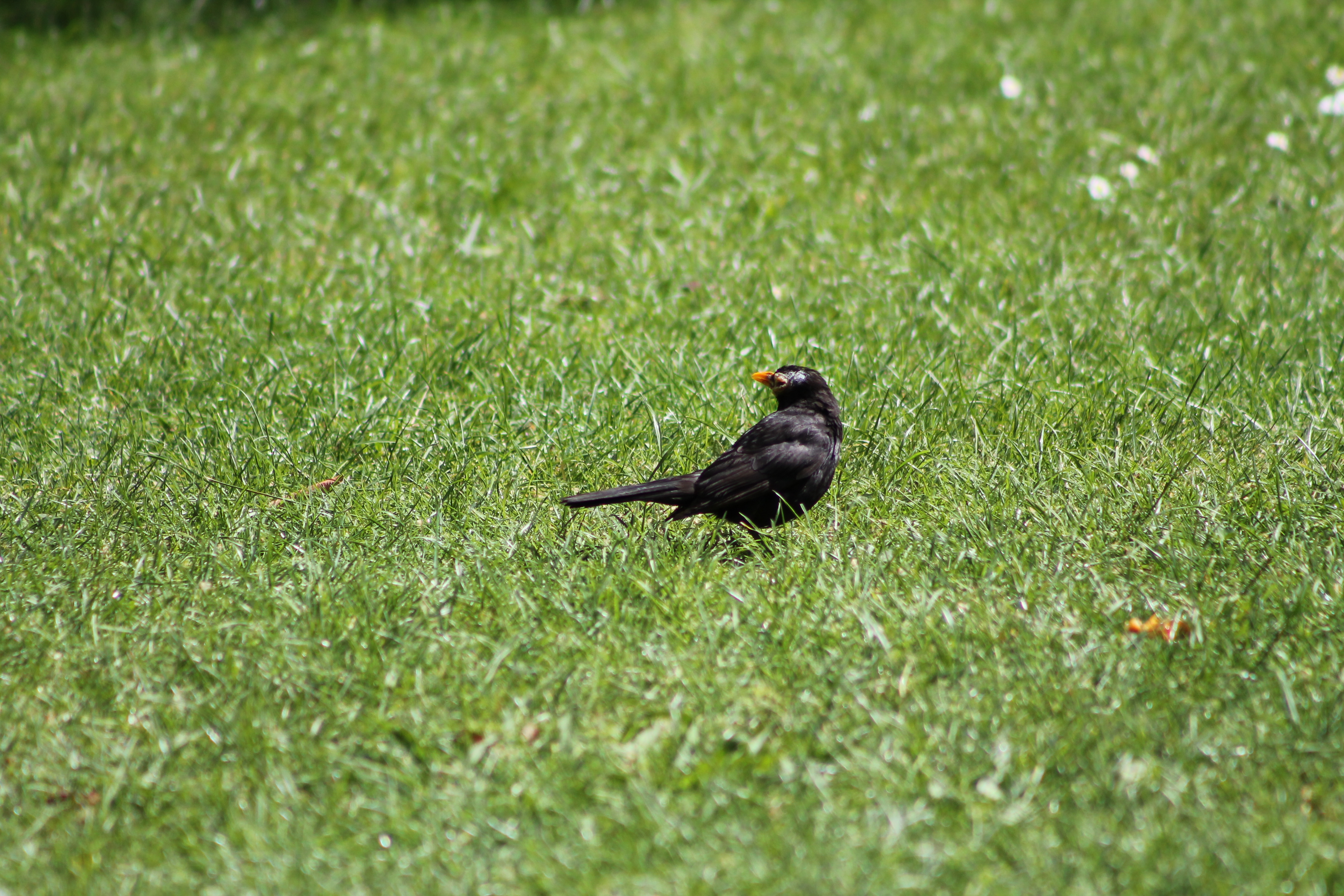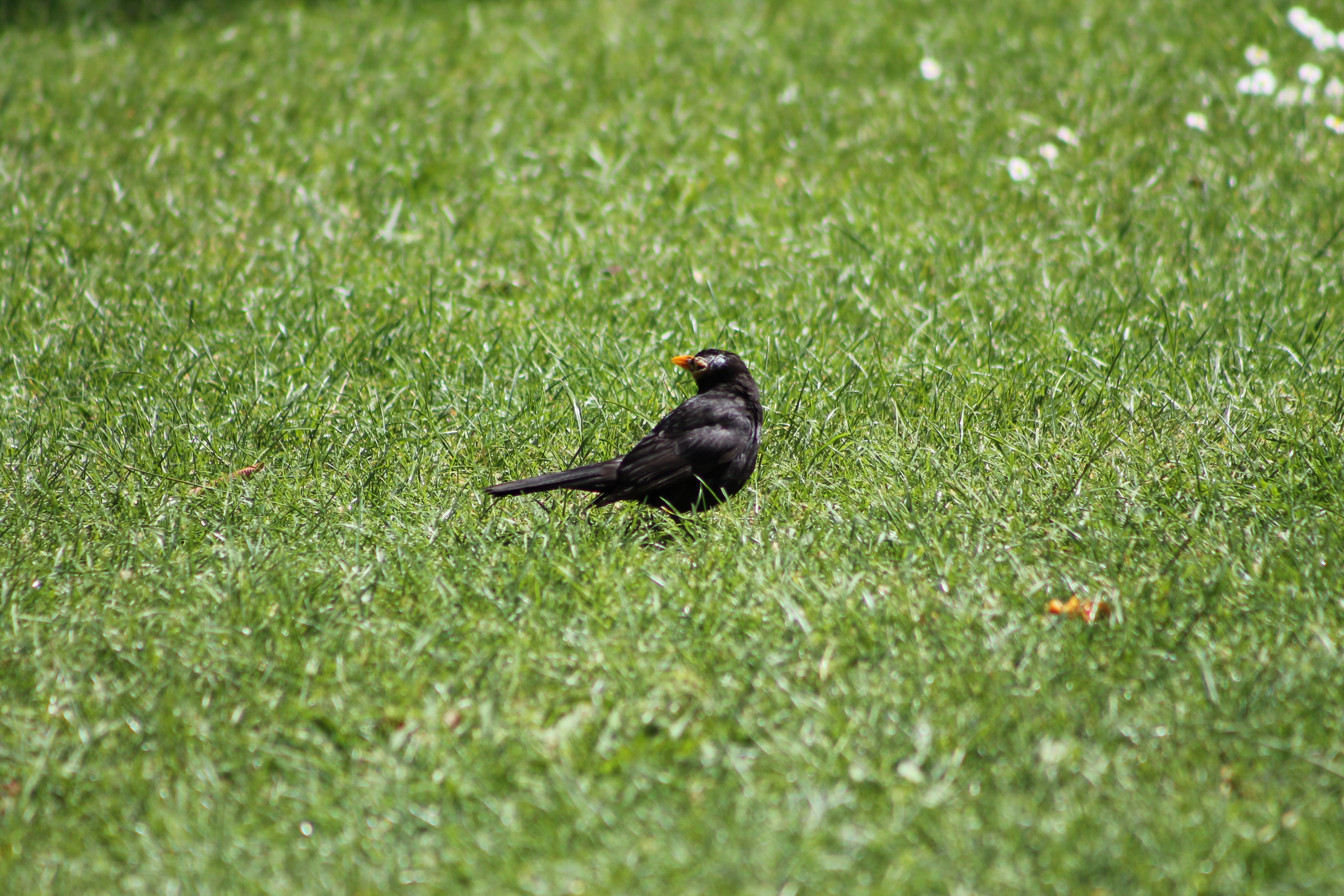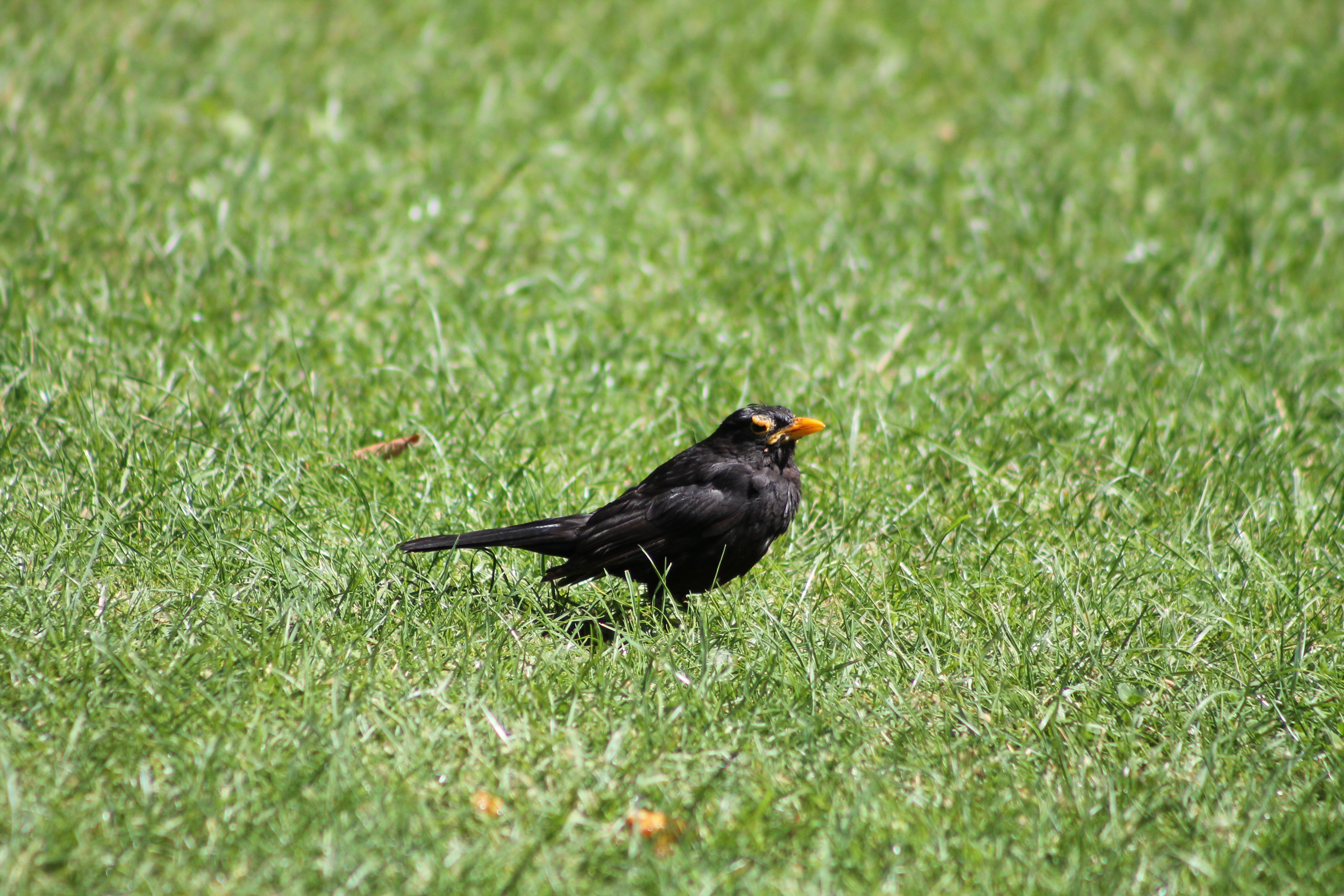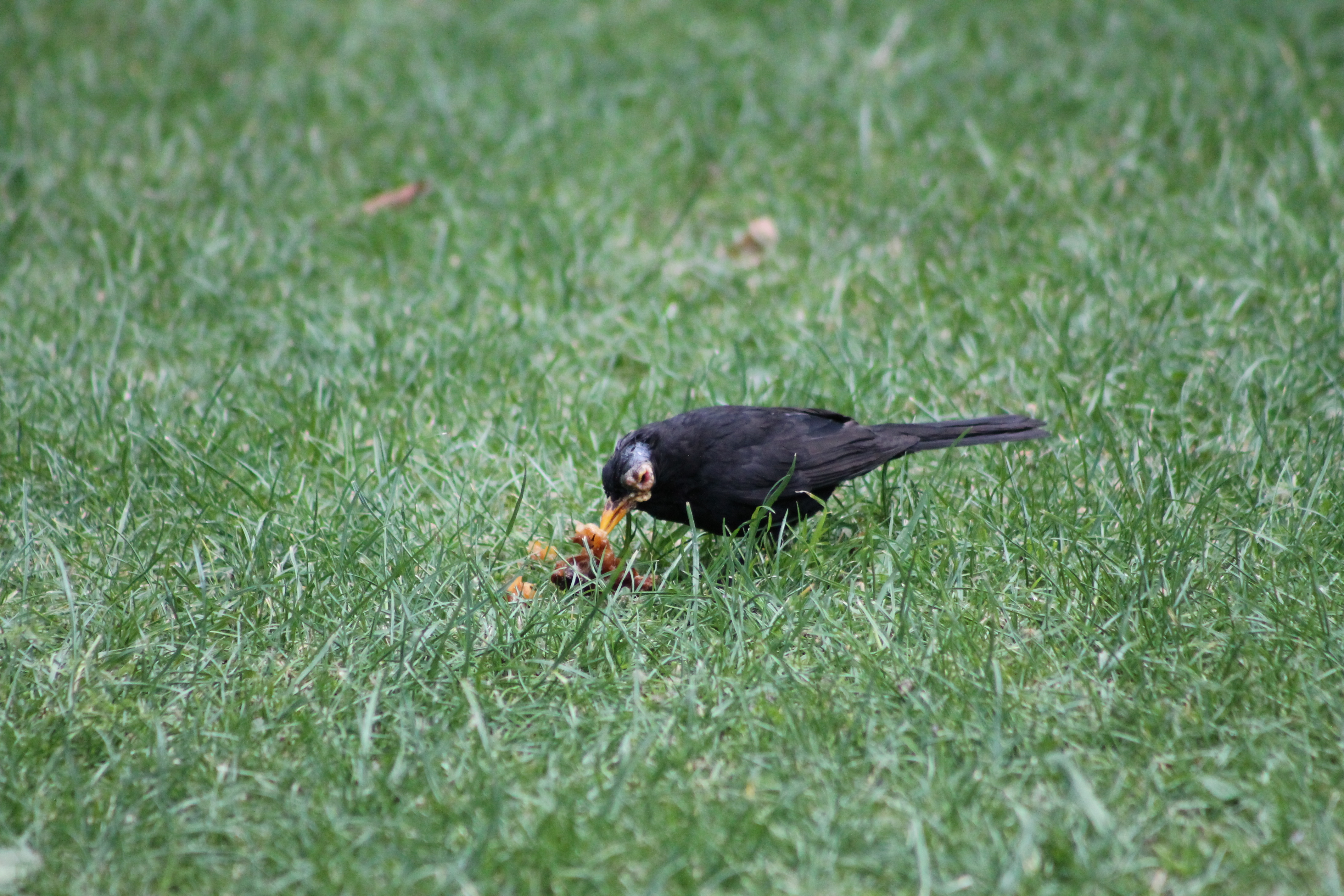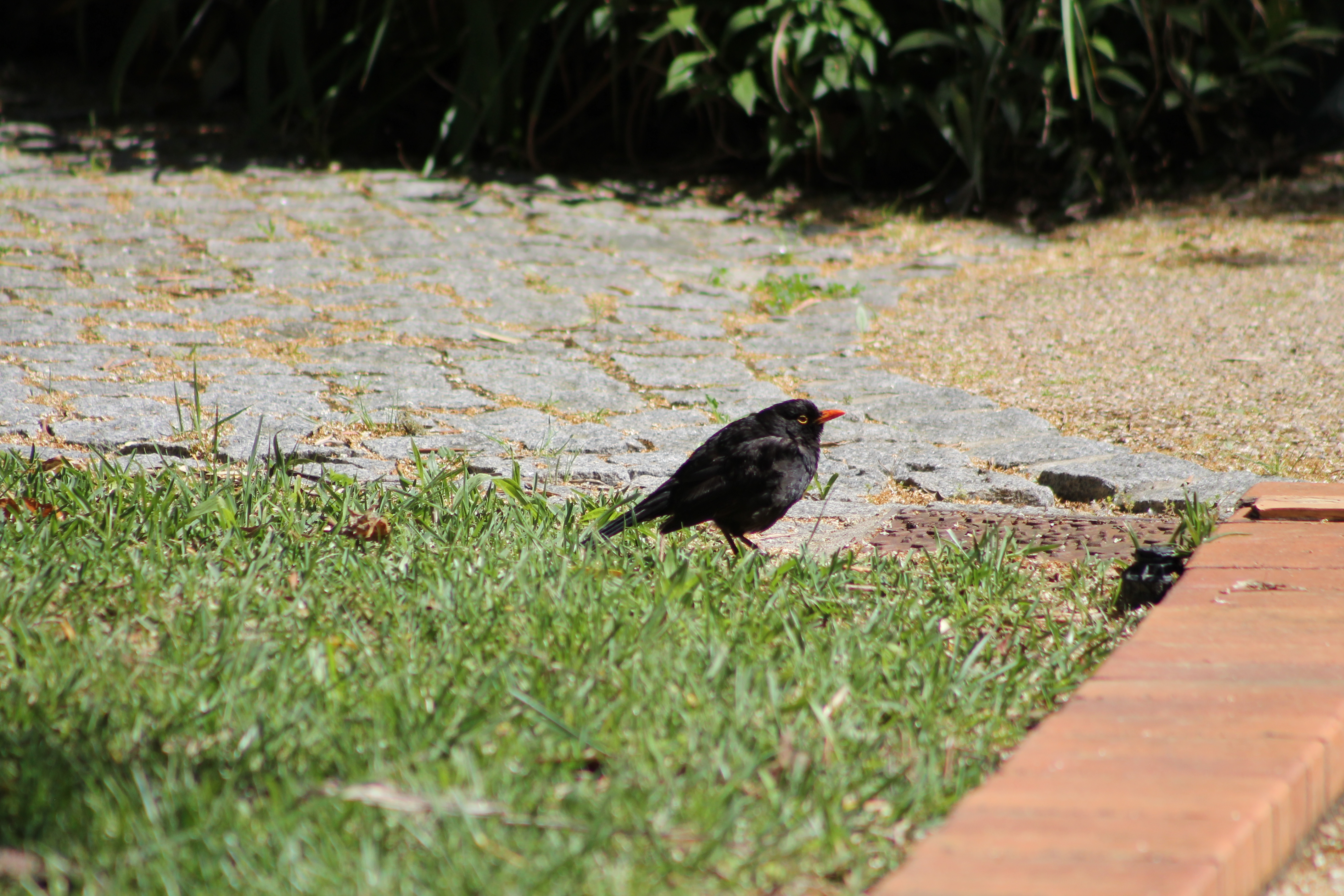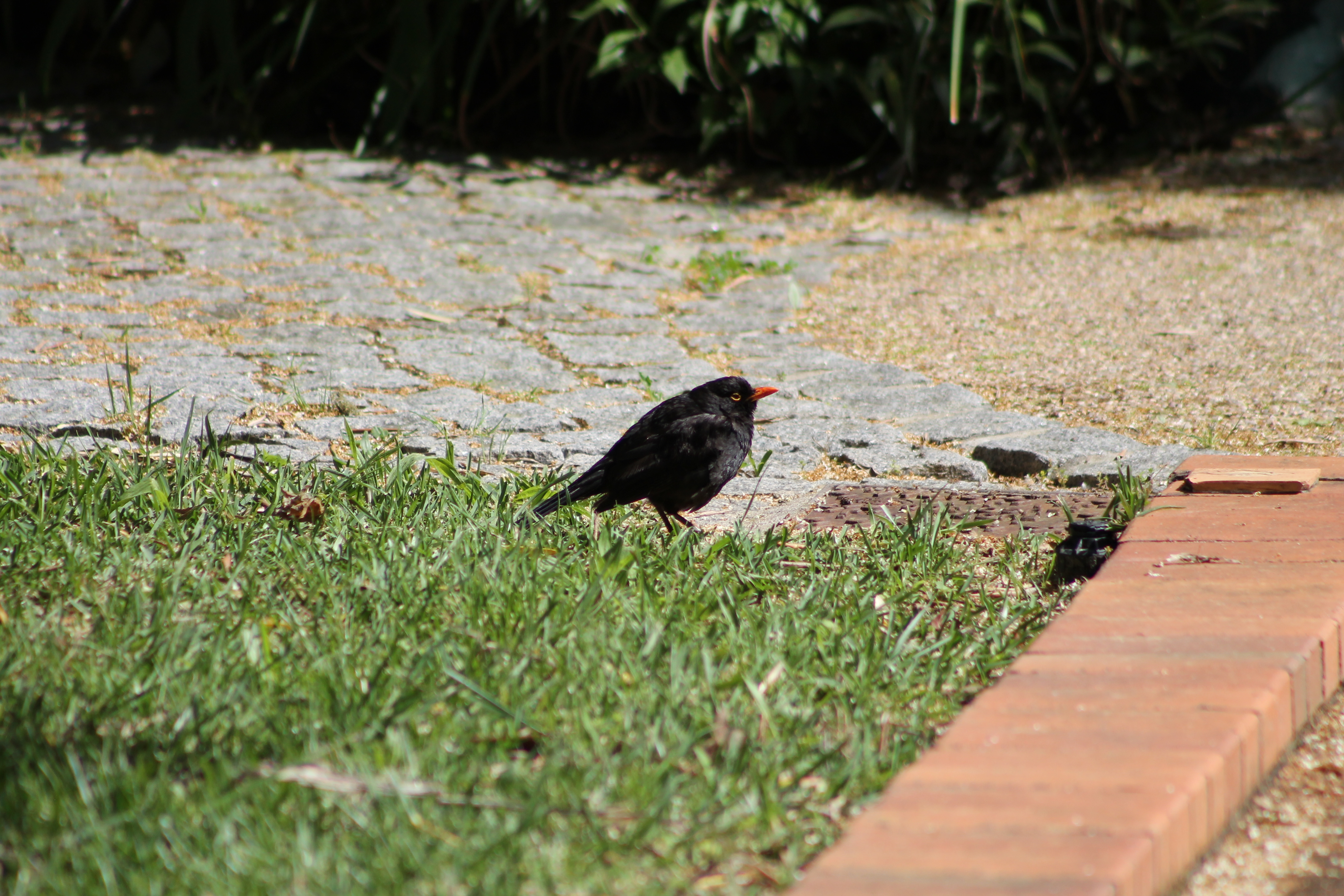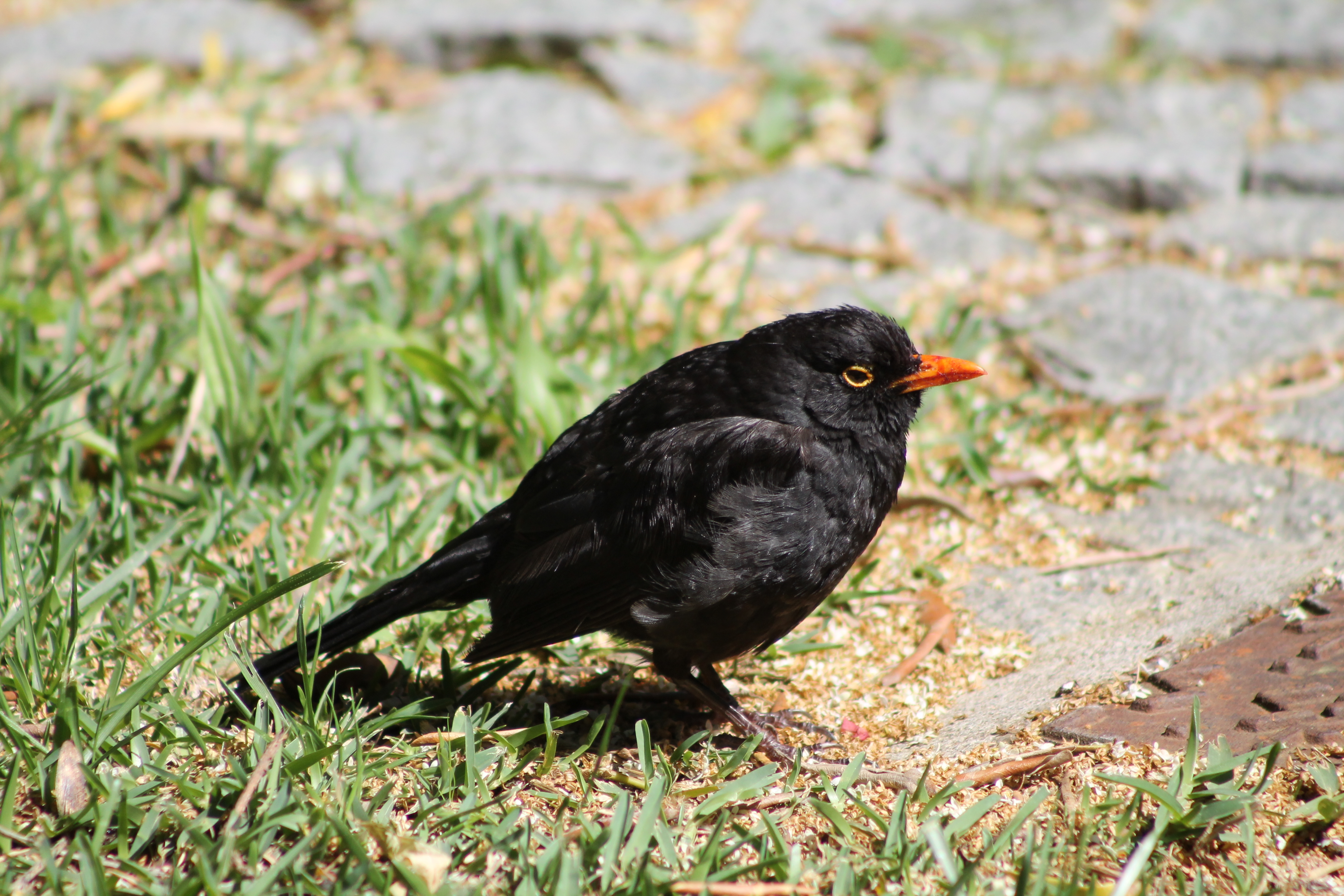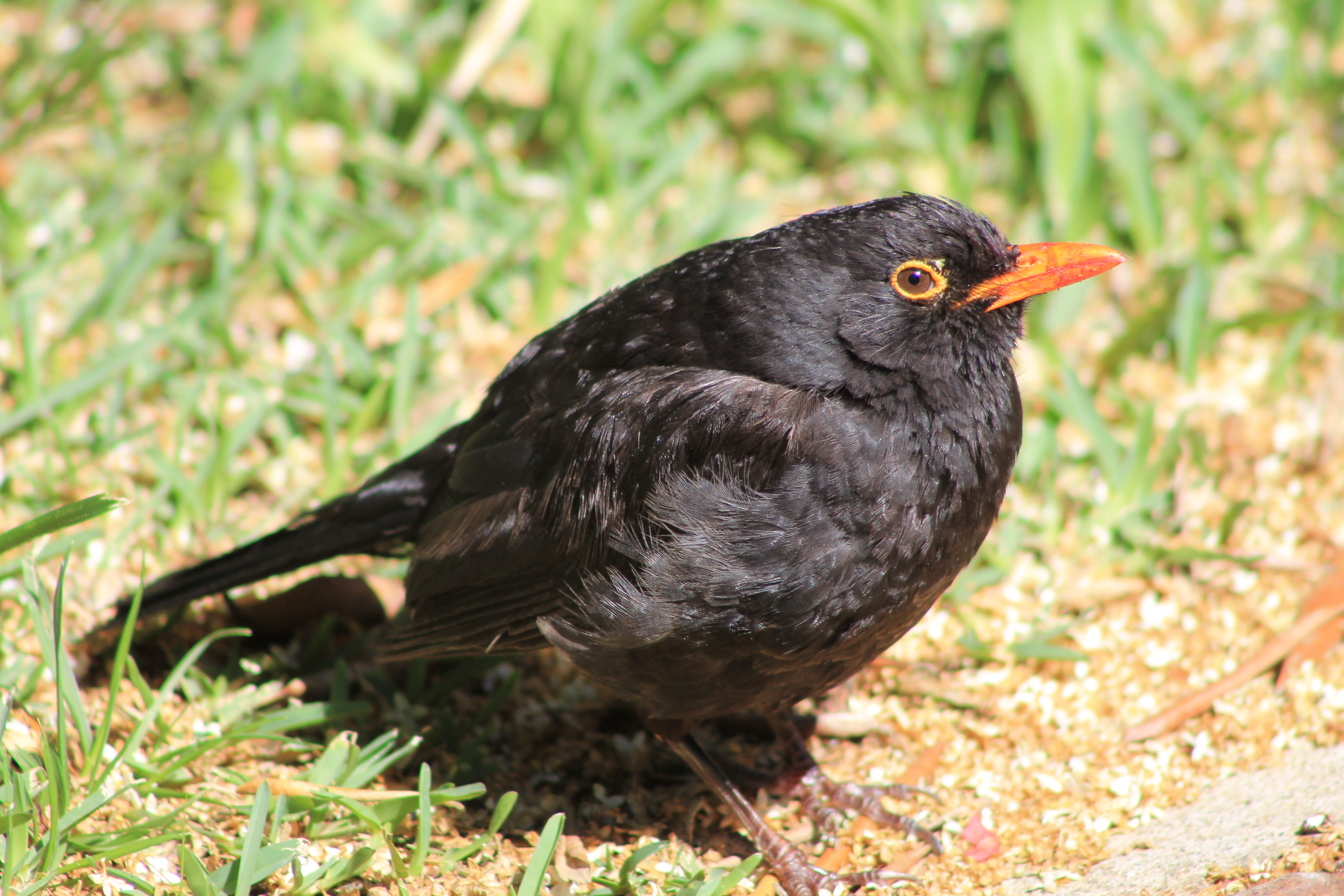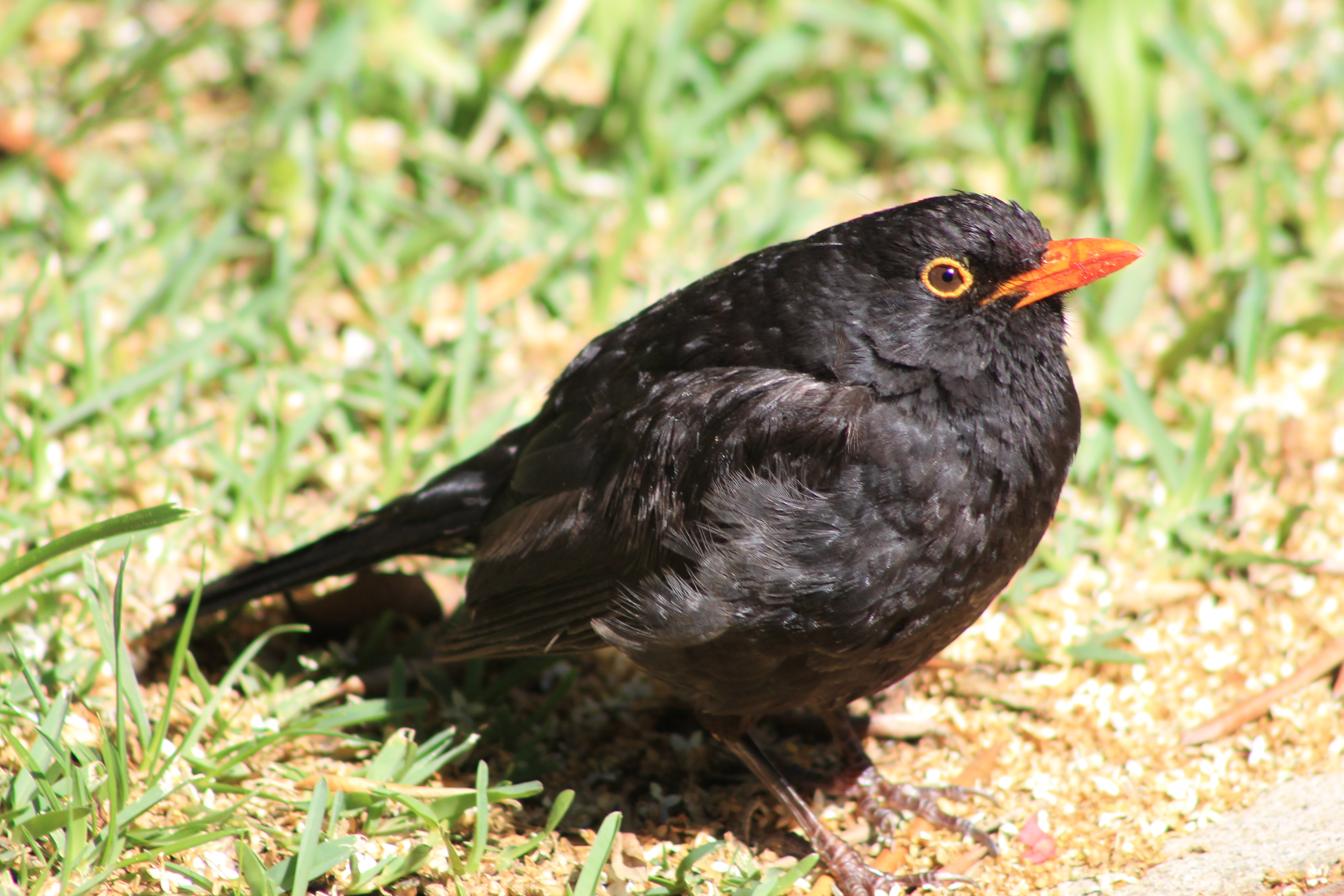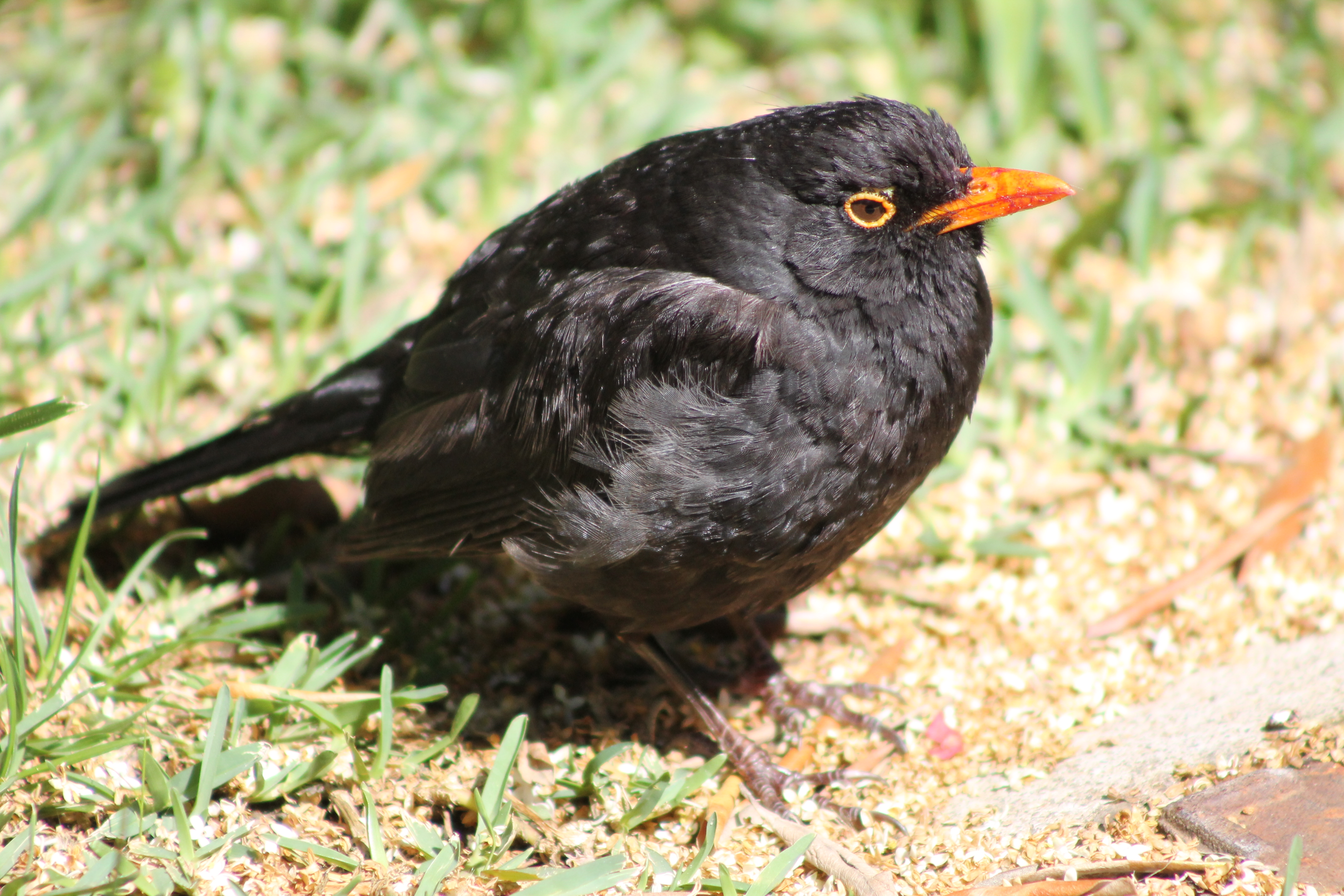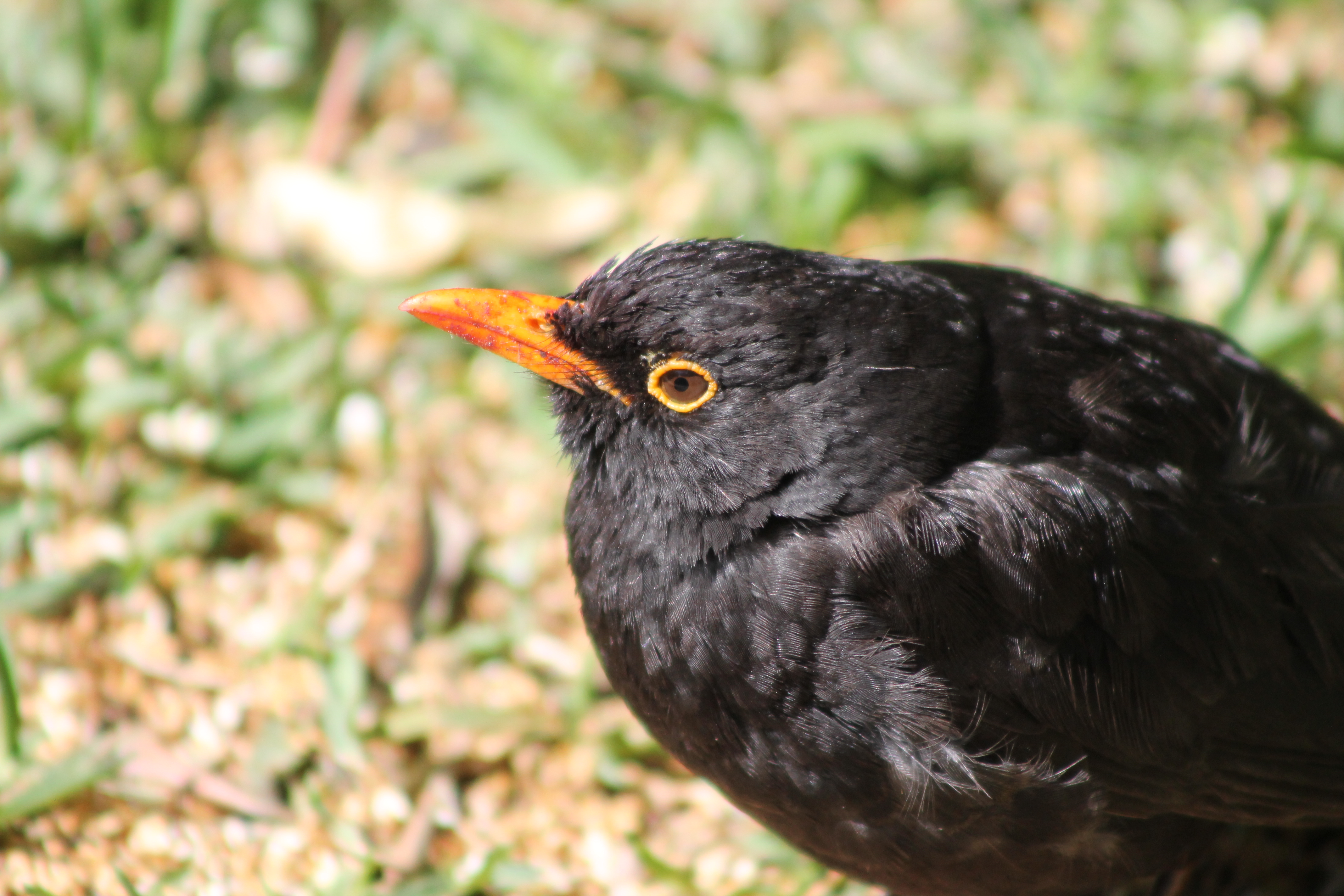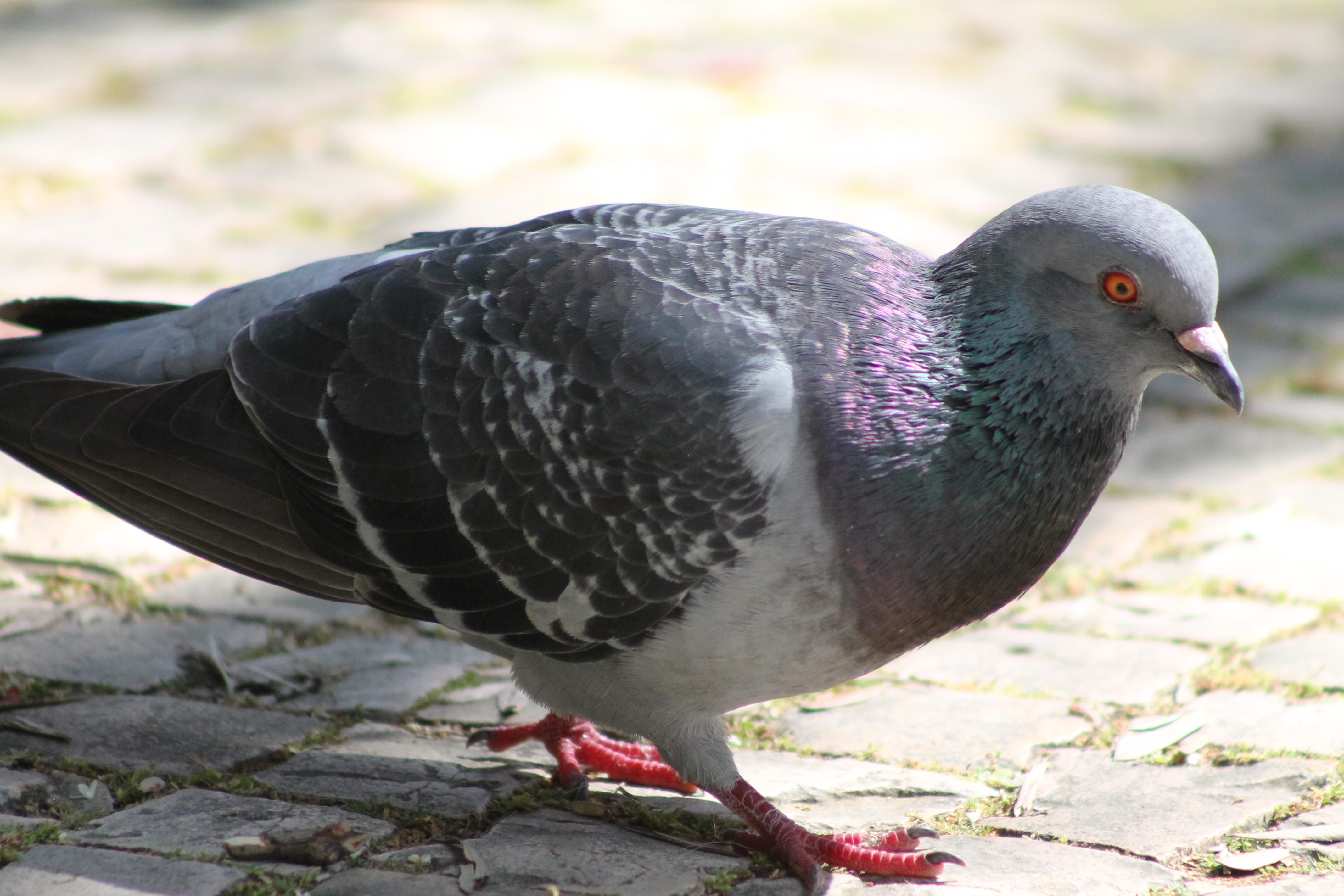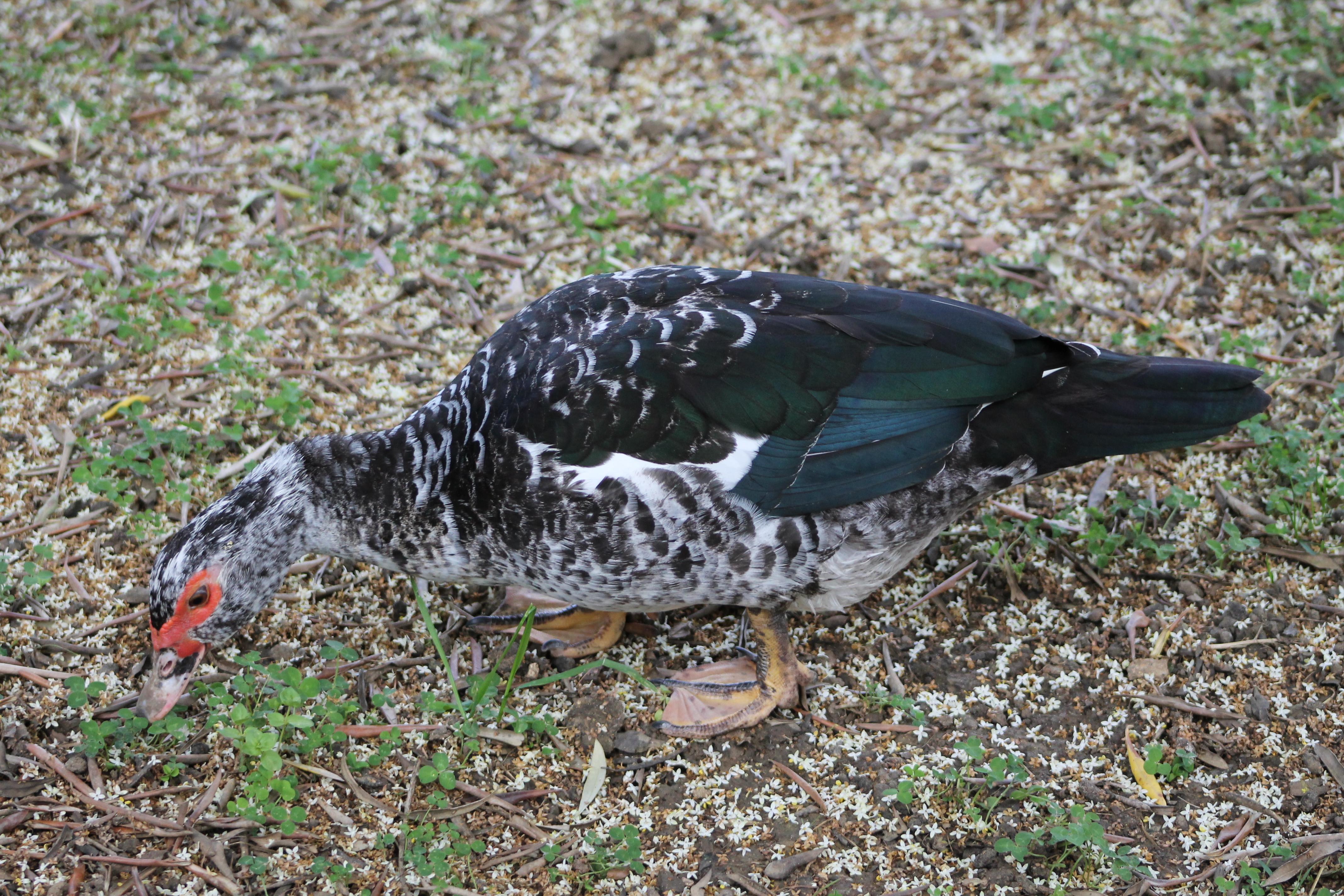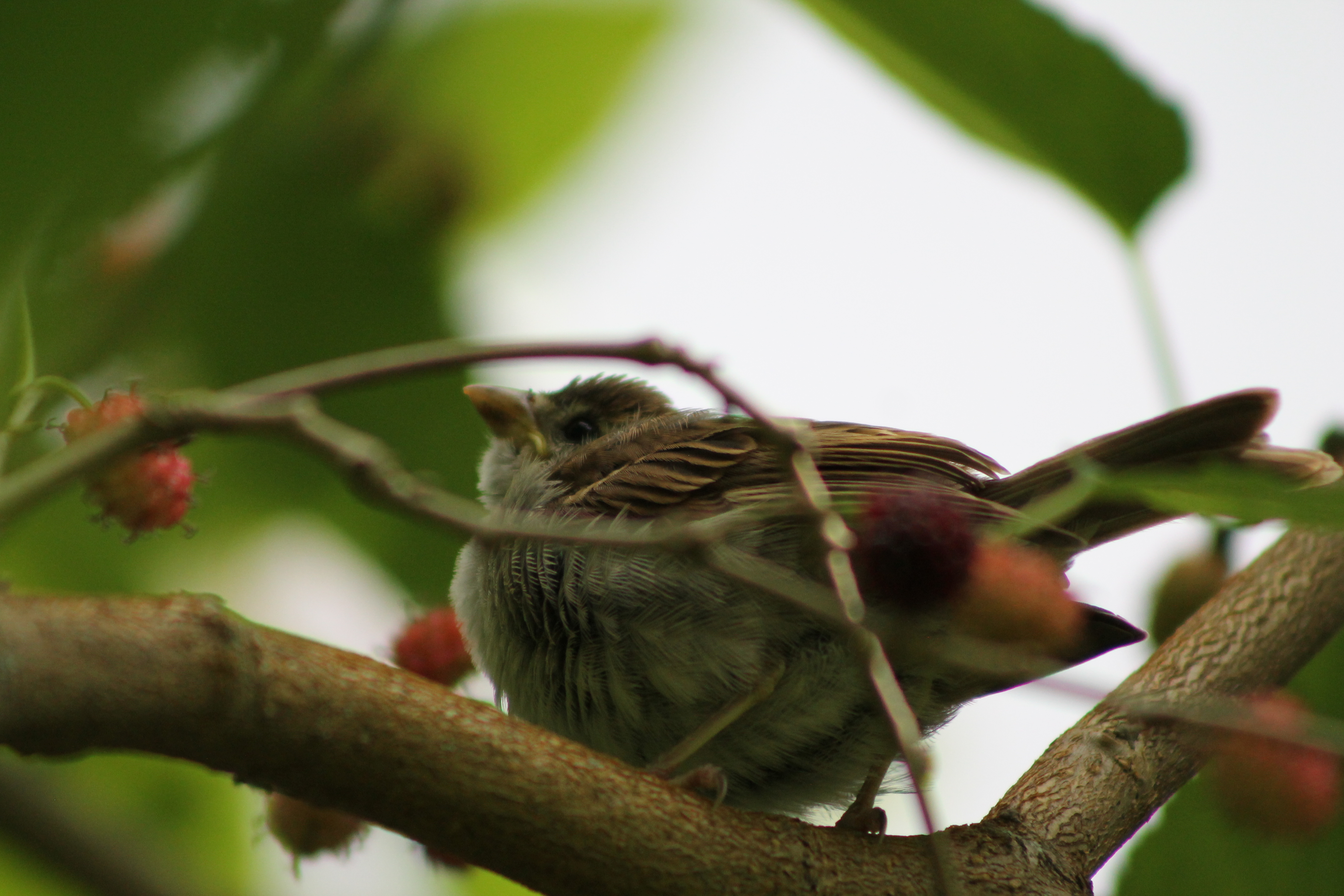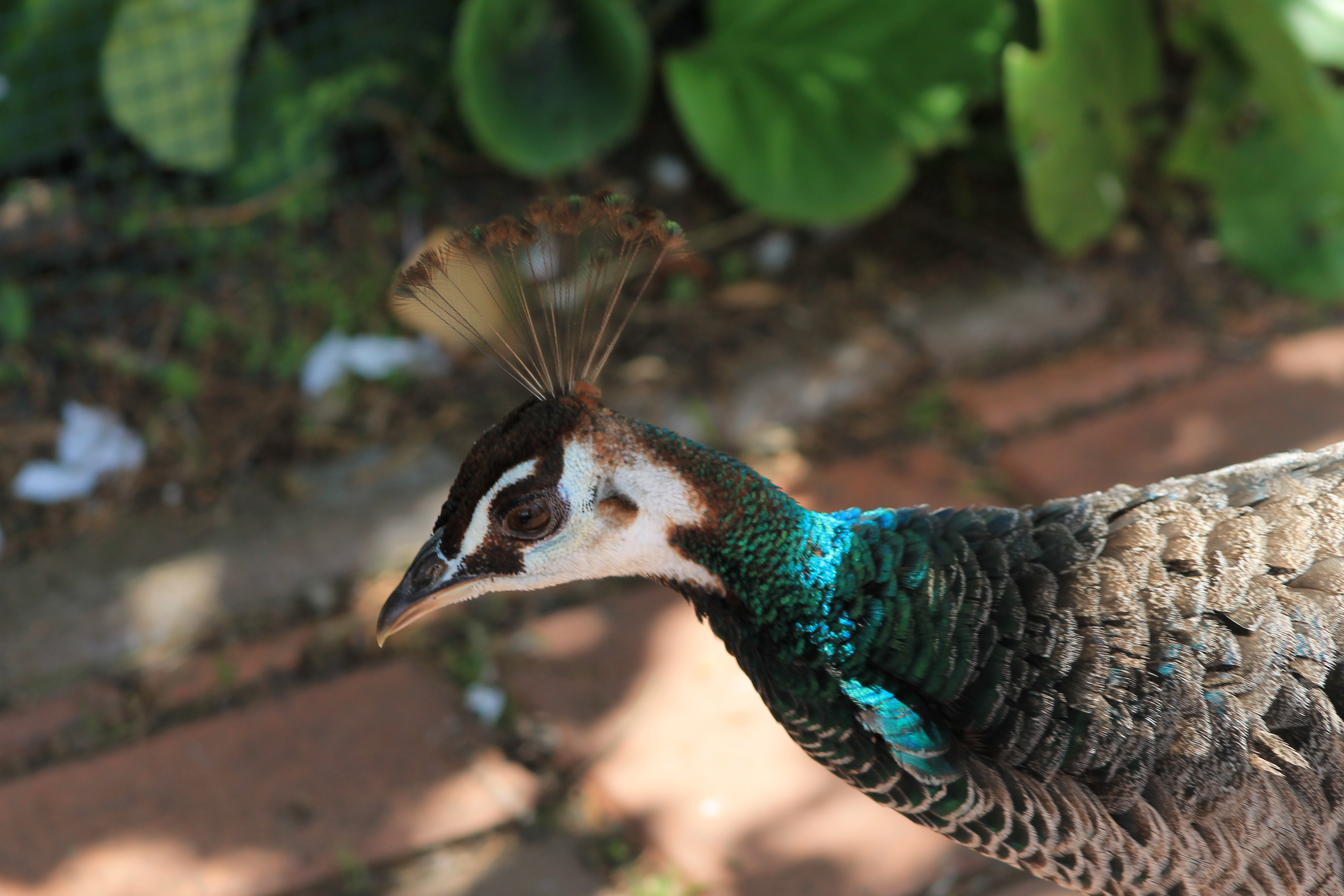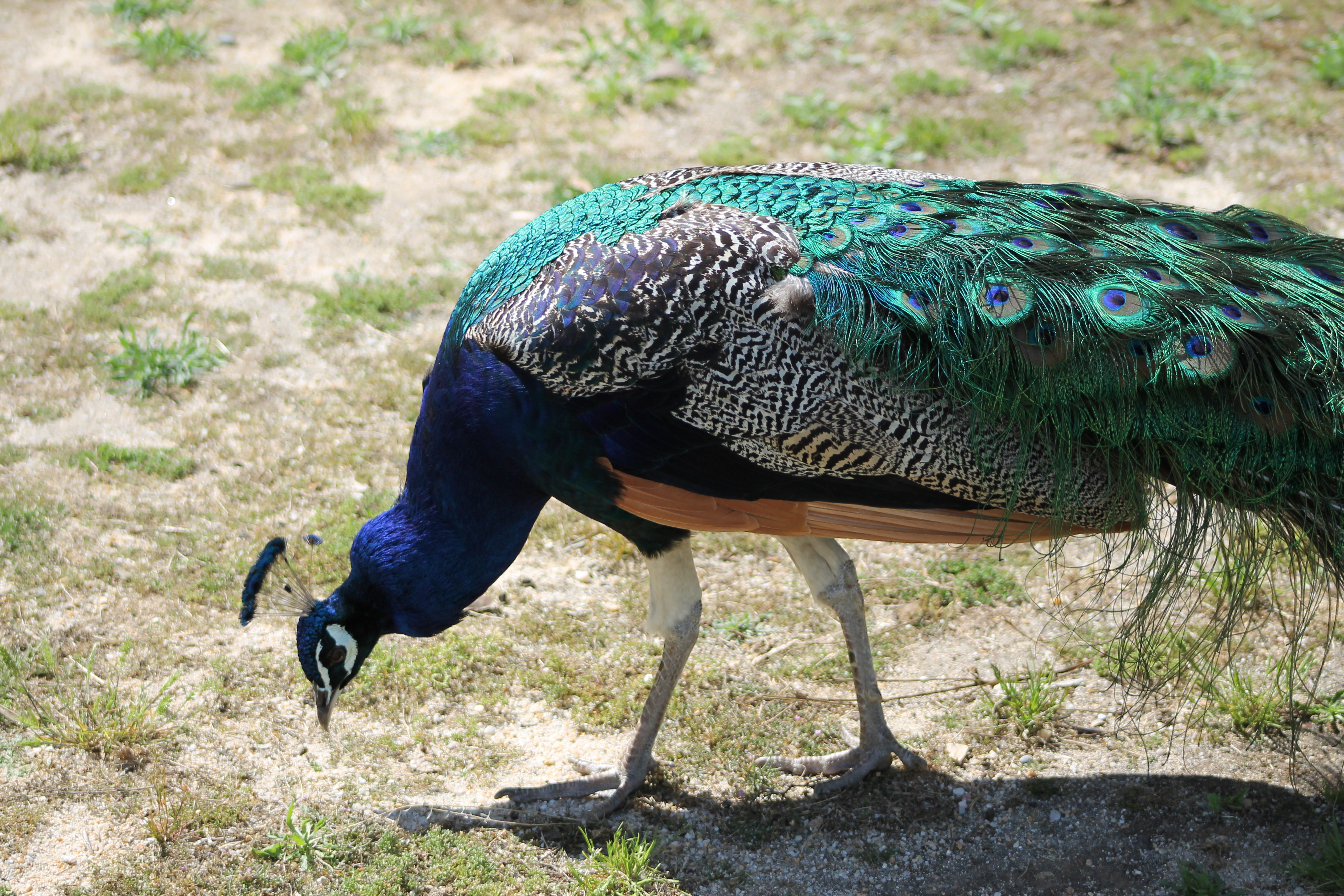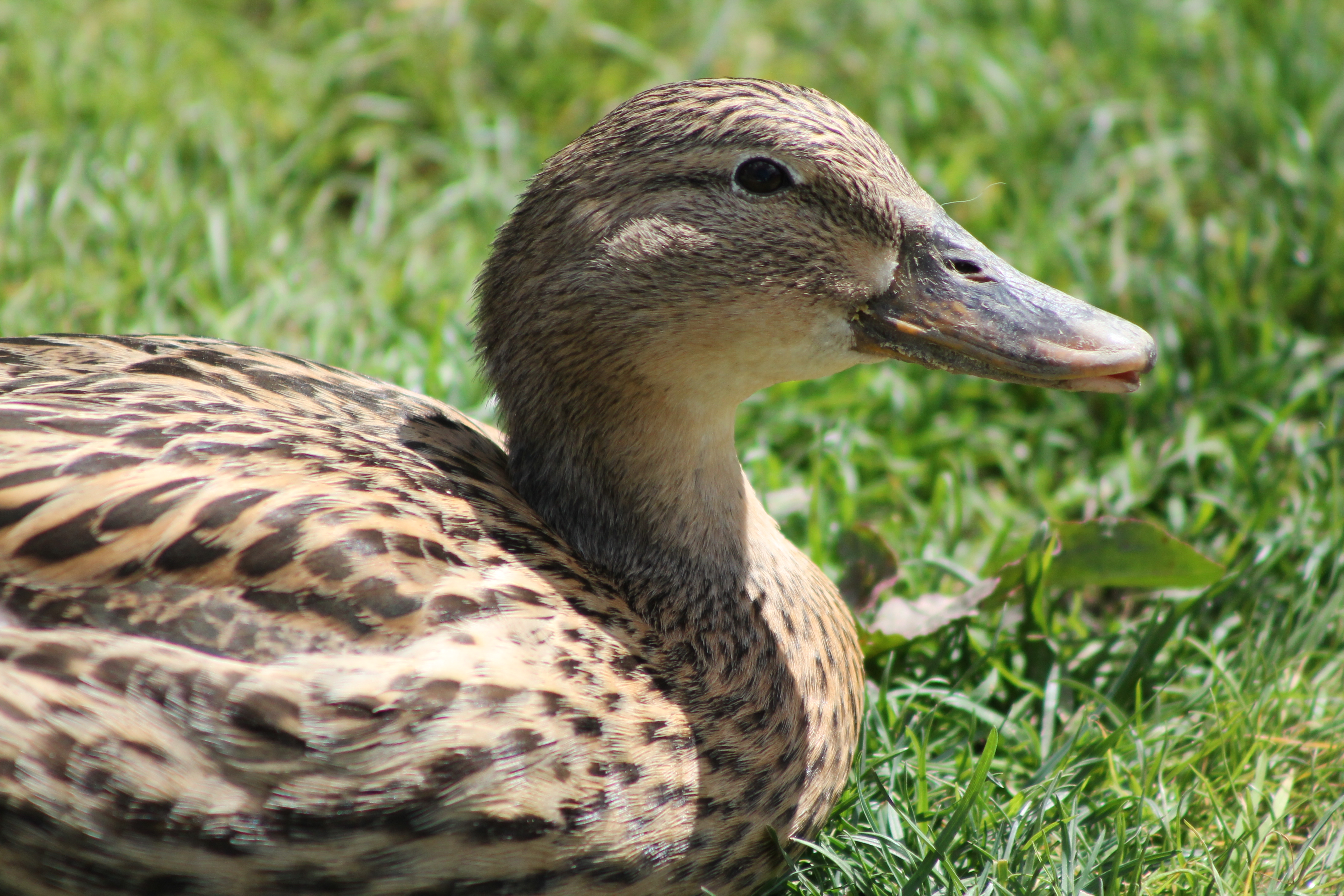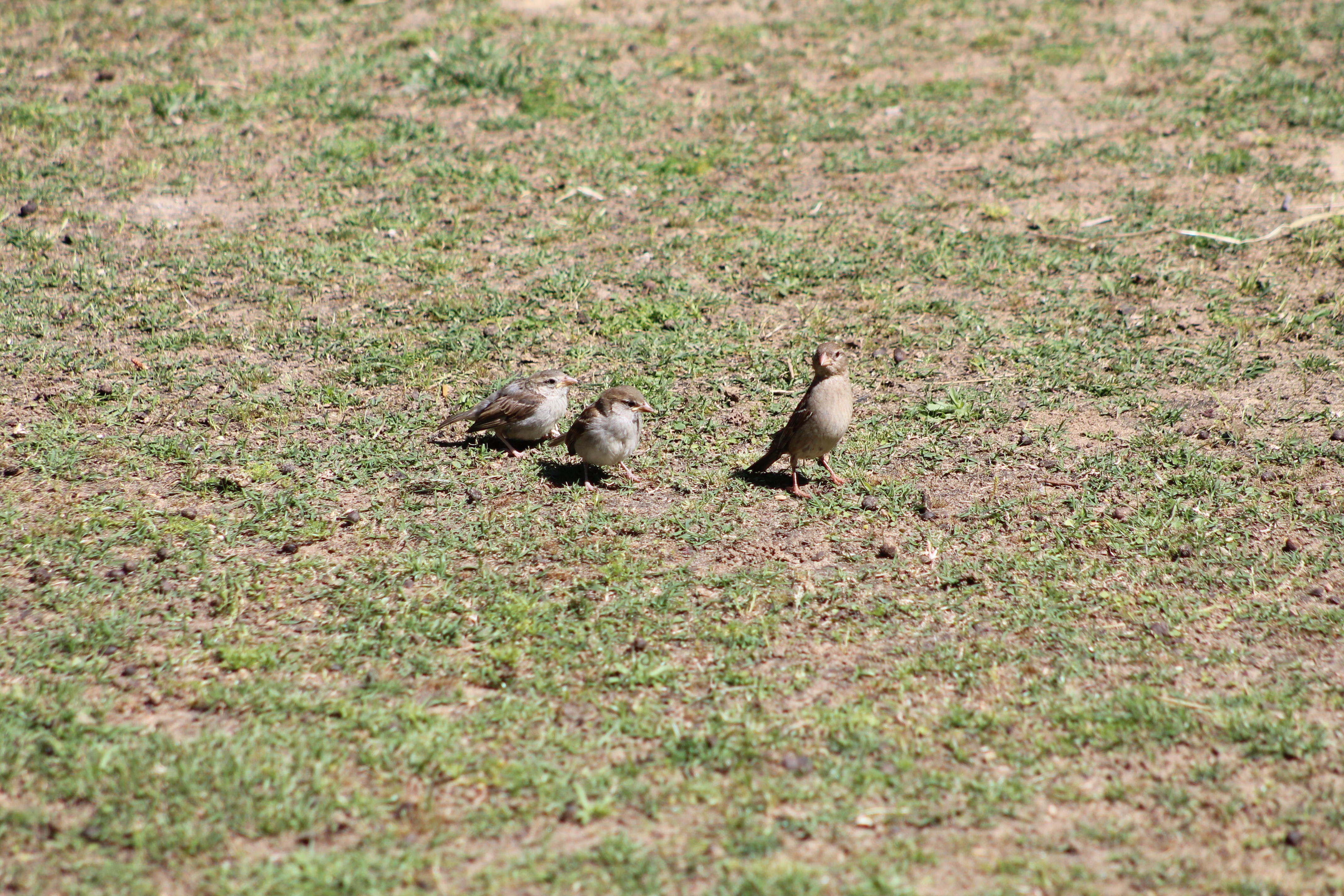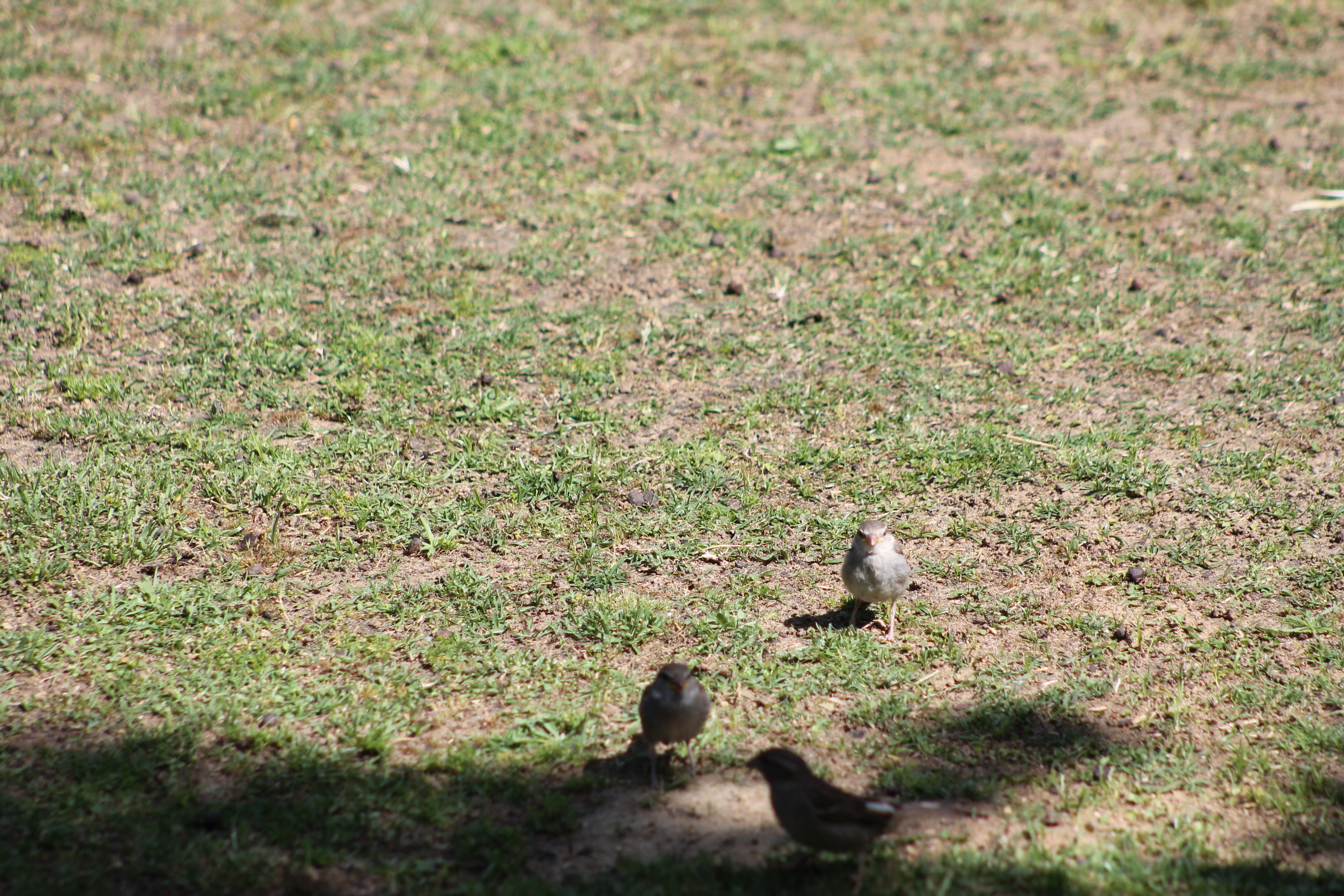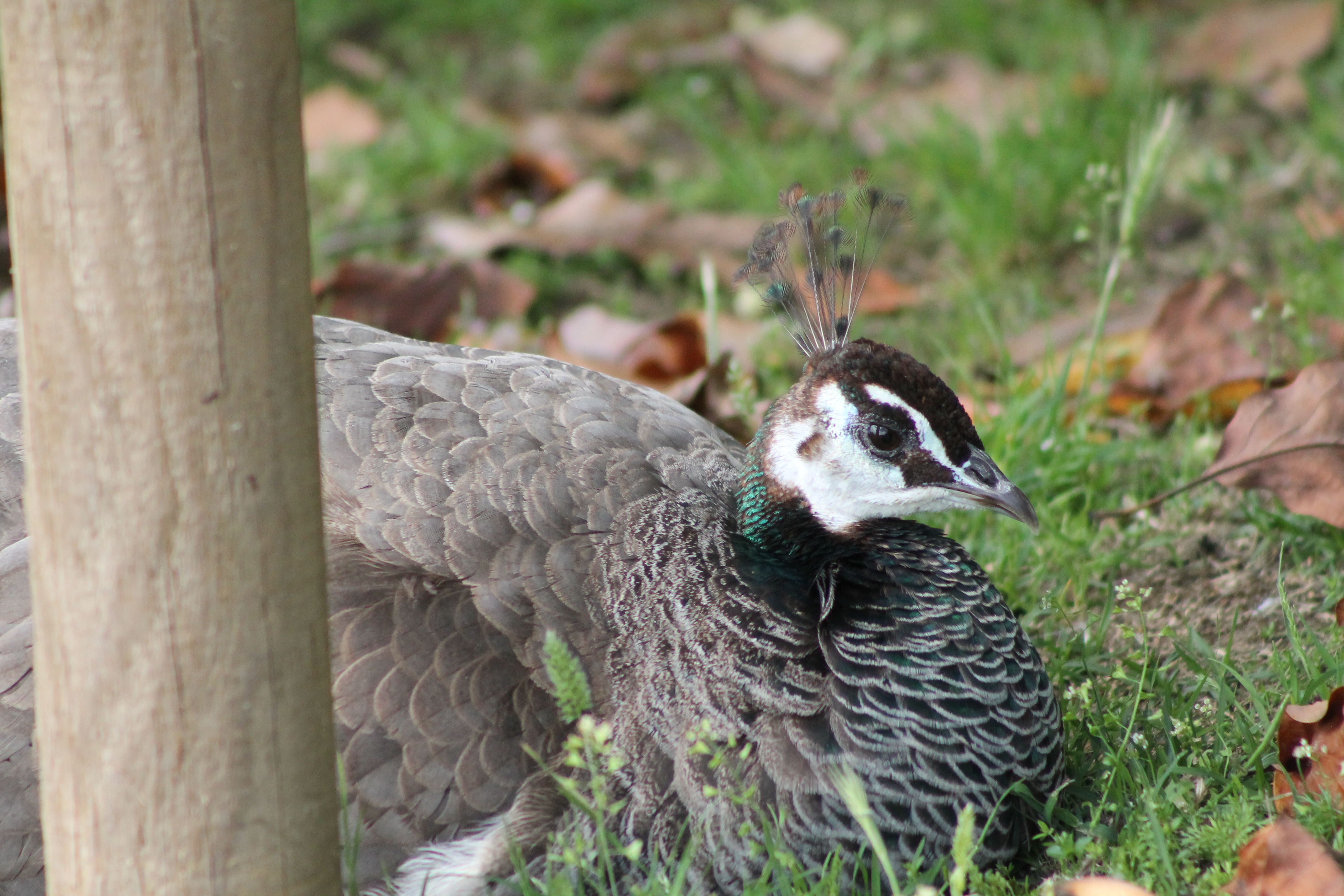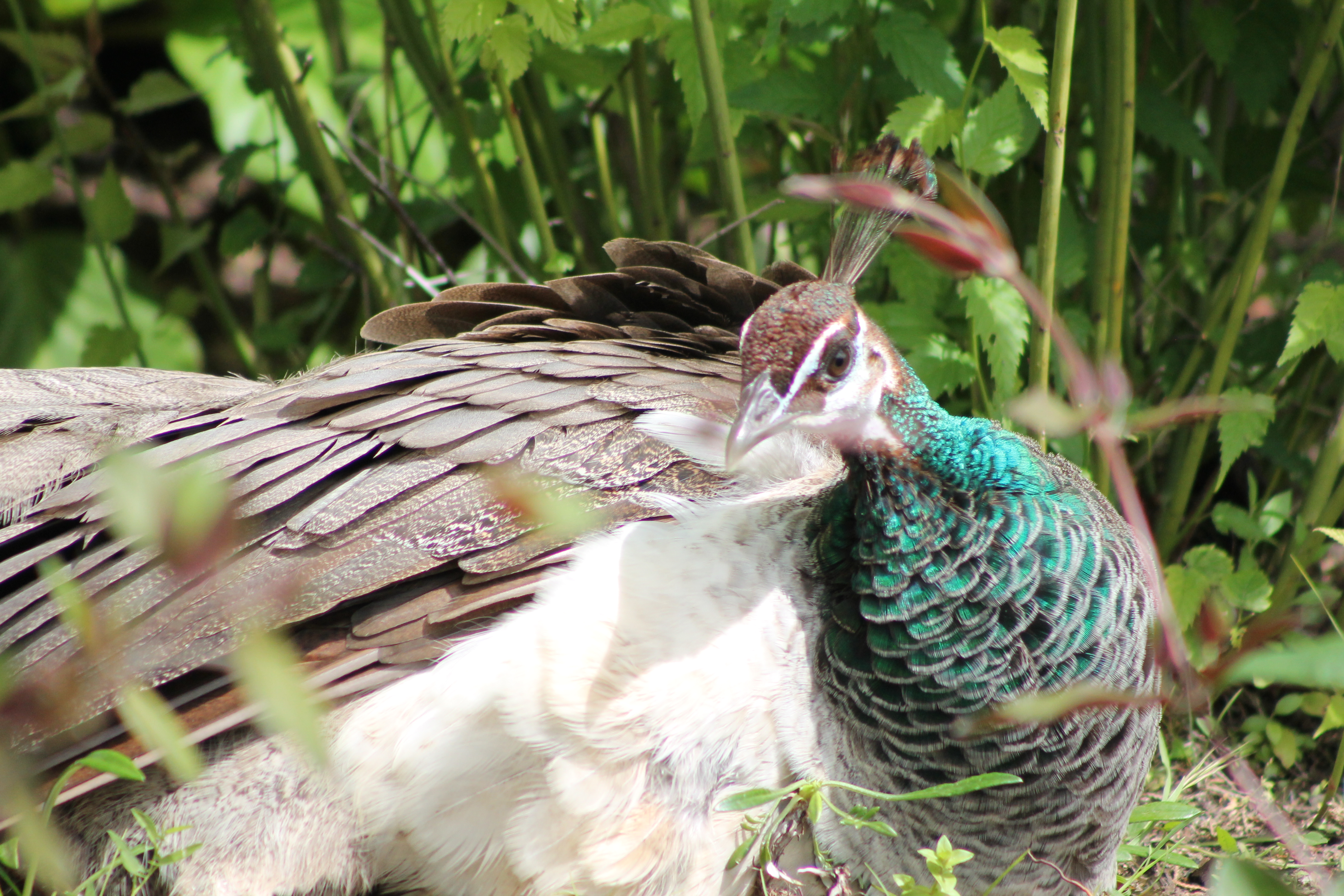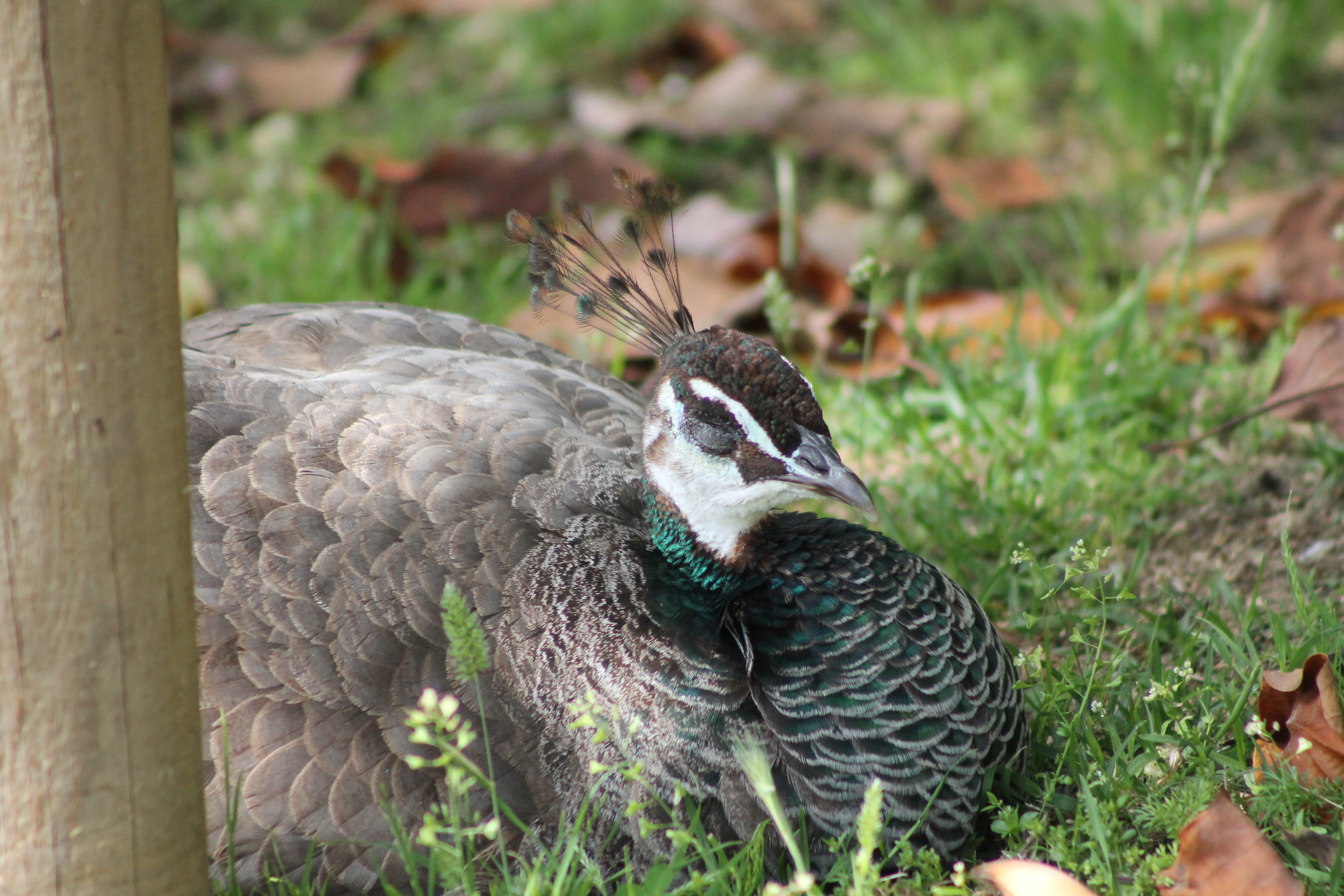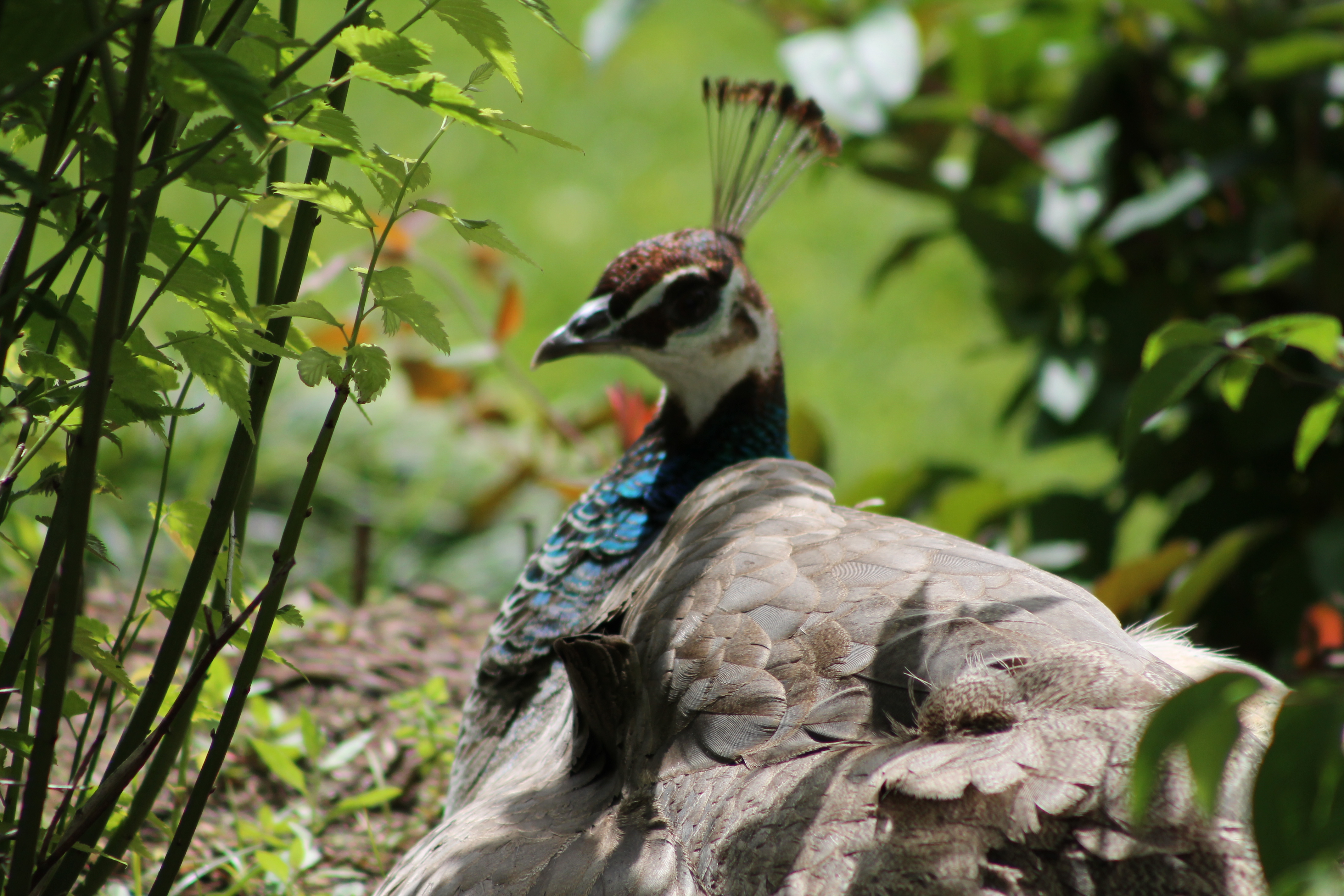I am very excited because I am progressing little by little with my telephoto lens, in one of my last post I related my experience on acquiring a 400mm lens, an acceptable lens for photographing birds! Well today I share some photos about this beautiful common Blackbird, a typical bird of Europe, you have probably already seen it many times! I'm going to teach you many things about her! make yourself comfortable that we will travel to the feathered world!😱😻🐓🦆
THANKS🎈🎋🎄🎍
OBRIGADO🧡💥💞
Estoy muy emocionado porque voy avanzando poco a poco con mi teleobjetivo, en uno de mis post pasado relatava mi experiencia sobre la adquisicion de una 400mm una lente aceptable para fotografiar aves! y bueno hoy comparto algunas fotos sobre este hermoso Mirlo comun, un ave tipica de Europa, probablemente ya lo abras visto muchas veces! voy a enseñarte muchas cosas sobre ella! ponte comodo que viajaremos al mundo emplumado!👨🏫👨🎓
FEATURES / CARACTERISTICAS🤔👨🏫🦅🦜
Common nesting ground in wooded grounds, incl. urban, scrub, although it prefers flat leaf forests. sings from a roof or an antenna, but tb. from a forest tree. food: worms, insects and berries. Nests in bushes, trellises, behind logs.😁😁
Nidificante común en terrenos arbolados, incl. urbanos, matorral, aunque prefiere los bosques planifolios. canta desde un tejado o una antena, pero tb. desde un árbol forestal. alimentacion: lombrices, insectos y bayas. Anida en arbustos, enrejados, detrás de leños.🦚🦉🦟🐛

It does not present any difficulties in identification, especially in the case of males, the general black color, orange beak and yellow halo around the eye. In both male and female, the legs are long and the tail is long. The general pattern of females and juveniles is brownish with some faint stripes. Despite the ease of identification, it can nevertheless be confused with the black starling, especially in low light conditions. Still, the plumage of this species is matt, while that of the starlings is brilliant.😃😃
No presenta dificultades de identificación, especialmente en el caso de los machos, el color negro general, el pico anaranjado y el halo amarillento alrededor del ojo. Tanto en machos como en hembras, las patas son largas y la cola es larga. El patrón general de hembras y juveniles es pardusco con algunas rayas tenues. A pesar de la facilidad de identificación, puede confundirse con el estornino negro, especialmente en condiciones de poca luz. Aún así, el plumaje de esta especie es mate, mientras que el de los estorninos es brillante.💙💜🤎💥⭕📛

Locally abundant, the blackbird is one of the best distributed species in the territory, occurring in a huge variety of habitats, from woodlands and forests, to pastures with hedges, parks and urban gardens, dense undergrowths and also ricochet galleries. It is present in the country throughout the year.😋😋
Localmente abundante, el mirlo es una de las especies mejor distribuidas en el territorio, y se encuentra en una gran variedad de hábitats, desde bosques y selvas, hasta pastizales con setos, parques y huertos urbanos, densos arbustos y también galerías de rebote. Está presente en el país durante todo el año.🌏🧭🚩
He sings from a prominent perch, usually tall, rarely in flight between perches. Only the male does it, from January to the end of July, typically from February. Rarely in autumn. Very early riser, in urban environments before dawn, taking advantage of the light from the lighting. Singing is very complex, thanks to individual inventiveness and pronounced learning ability. It also has several high-pitched and strident alarm and contact claims.👨👩
Canta desde un posadero destacado, generalmente alto, rara vez en vuelo entre posaderos. Solo lo hace el macho, desde enero hasta fin de julio, típicamente desde febrero. Rara vez en otoño. Muy madrugador, en ambientes urbanos antes del amanecer, aprovechando la luz del alumbrado. El canto es muy complejo, gracias a la inventiva individual y a la pronunciada capacidad de aprendizaje. Además tiene varios reclamos de contacto y de alarma, agudos y estridentes.🕵️♂️💥💥

The Iberian Peninsula and the Balearic Islands receive migrants and winteris from Central Europe who remain in our latitudes between October and March. They present a peripheral distribution, preferably occupying the northeast peninsular quadrant, although the Balearic Islands constitute a large nucleus on the margin. Iberian birds appear to be fundamentally sedentary. In any case, clear patterns of seasonal occupation of certain forest habitats are observed that imply altitude, local or regional movements of little known scope. Canary birds also appear to be sedentary. Cold waves cause great mortality in this species because, unlike other thrushes, it hardly escapes the temperature.💨💨🛫
La Península Ibérica y las islas Baleares reciben migrantes e invernantes de Europa central que permanecen en nuestras latitudes entre octubre y marzo. Presentan una distribución periférica, ocupando preferentemente el cuadrante noreste peninsular, aunque las Baleares constituyen un nutrido núcleo al margen. Las aves ibéricas parecen ser fundamentalmente sedentarias. En todo caso se observan claros patrones de ocupación estacional de ciertos hábitats forestales que implican movimientos altitudinales, locales o regionales de envergadura poco conocida. Las aves canarias también parecen ser sedentarias. Las olas de frío causan una gran mortalidad en esta especie porque a diferencia de otros zorzales apenas efectúa fugas de tempero.🤩🤩
Nest construction begins in February, rarely earlier, on the Peninsula. In the Canary Islands the breeding period runs from December to July. The nest is built by the female and its shape is cup-shaped. It is usually low above the ground. Commonly in bushes, hedges, vines, ivy, low-lying tree forks, log hollows, slopes, etc. Each clutch consists of 3-5 eggs. You can carry out three clutches between March and August. It also seems to carry out three layings in the Canary Islands, each of them with 2-4 eggs. Only the female incubates, although the male can lay on the eggs. Incubation begins before the last egg is laid and its duration is variable, usually between 12-15 days.😄😄
La construcción del nido comienza en febrero, rara vez antes, en la Península. En Canarias el periodo de cría abarca desde diciembre hasta julio. El nido lo construye la hembra y su forma es en copa. Habitualmente está a poca altura del suelo. Corrientemente en matorrales, setos, enredaderas, hiedra, horquillas de árboles a baja altura, huecos de troncos, taludes, etc. Cada puesta consta de 3-5 huevos. Puede realizar tres puestas entre marzo y agosto. También parece realizar tres puestas en Canarias, cada una de ellas de 2-4 huevos. Solamente la hembra incuba, aunque el macho puede echarse sobre los huevos. La incubación comienza antes de la puesta del último huevo y su duración es variable, normalmente entre 12-15 días.👶👶
The vast majority of raptors prey on it, both during the day and at night, but it rarely represents more than 10%, and even more than 5% of the total prey. The greatest predation seems to be carried out by the booted hawk and the peregrine falcon. Predation by mammals and reptiles seems less important. Among its Iberian parasites are known digeneans, cestodes, acantocephalus, nematodes, mites, Apicomplexa and mosquitoes. Viruses and bacteria are cited.💥⭕📛
La gran mayoría de las rapaces depredan sobre él, tanto diurnas como nocturnas, pero raramente representa más del 10%, e incluso más del 5% del total de presas. La mayor depredación parecen realizarla el aguililla calzada y el halcón peregrino. La depredación ejercida por mamíferos y reptiles parece menos importante. Entre sus parásitos ibéricos se conocen digeneos, cestodos, acantocéfalos, nematodos, ácaros, Apicomplexa y mosquitos. Se citan virus y bacterias.💡📕🧫🔬

OTHER BIRDS / OTRAS AVES👨🏫🦅🦜
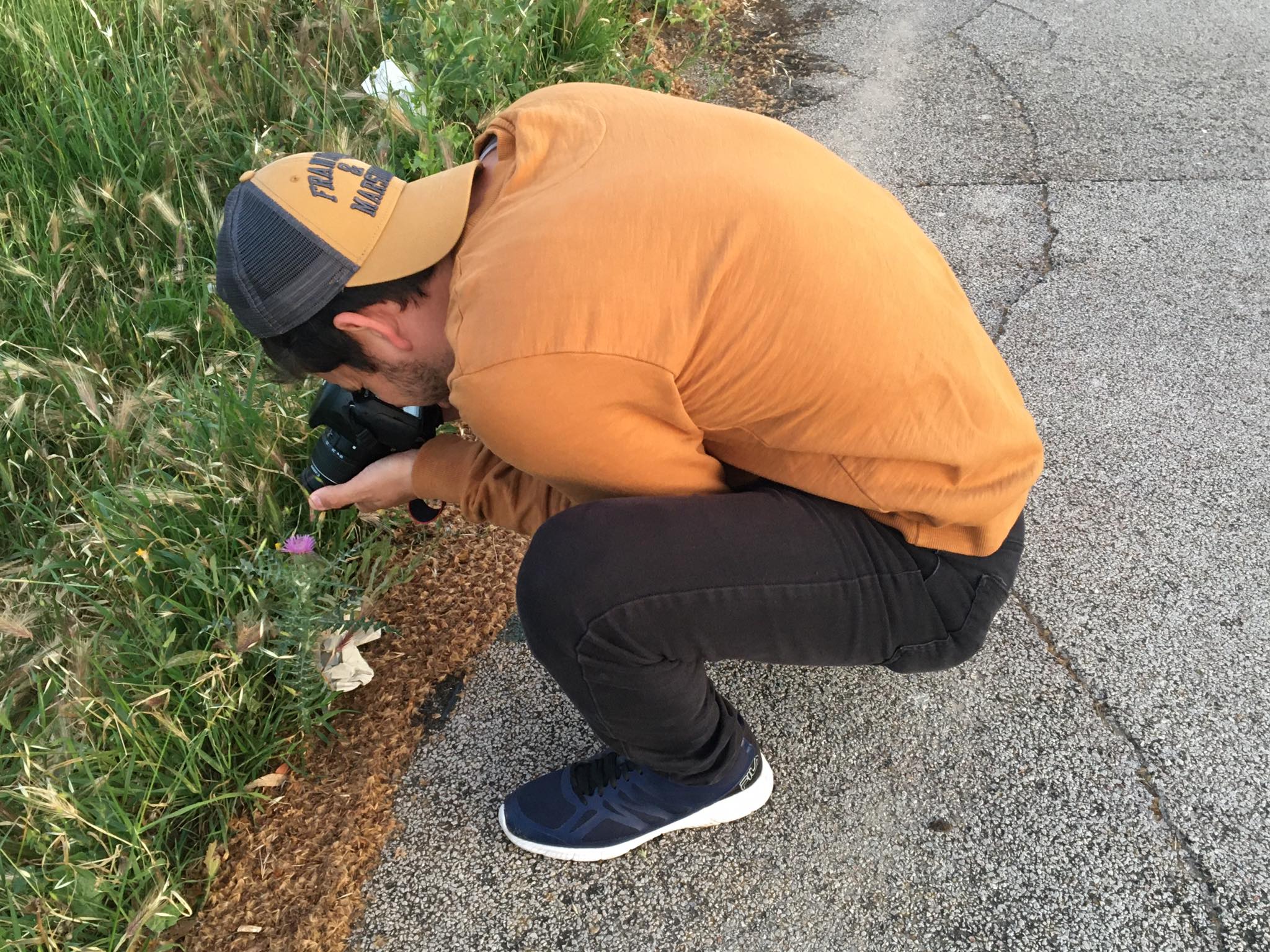

http://www.avesdeportugal.info/turmer.html
http://www.vertebradosibericos.org/aves/turmer.html
LLIAN MULLARNEY DAN ZETTERSTRÓM LARS SVENSSON PETER].

